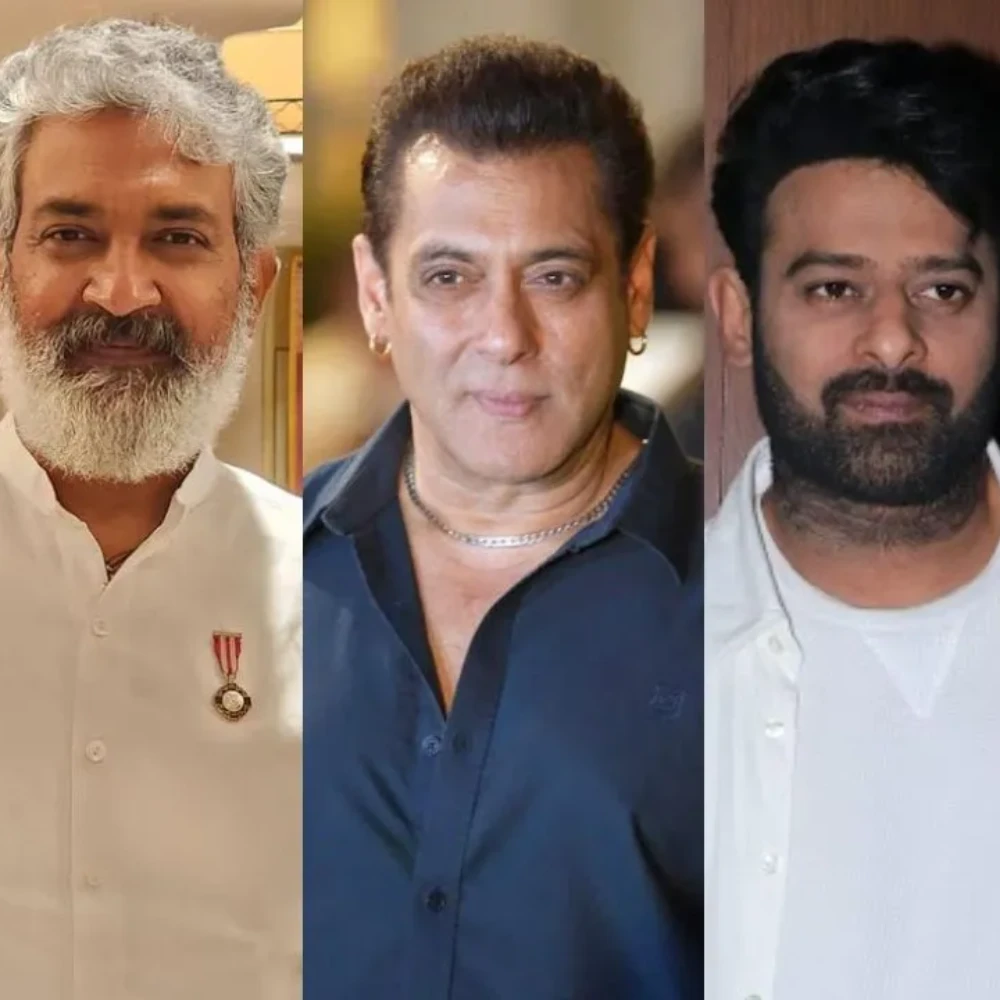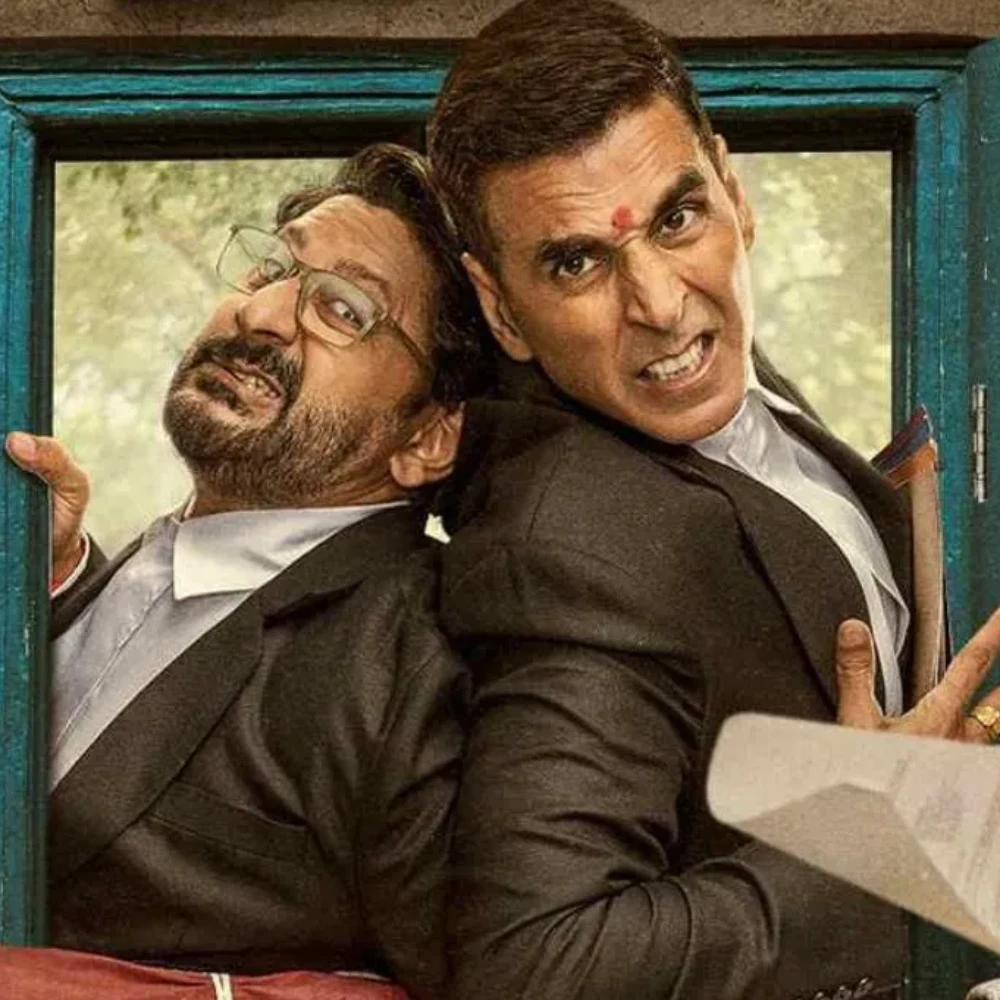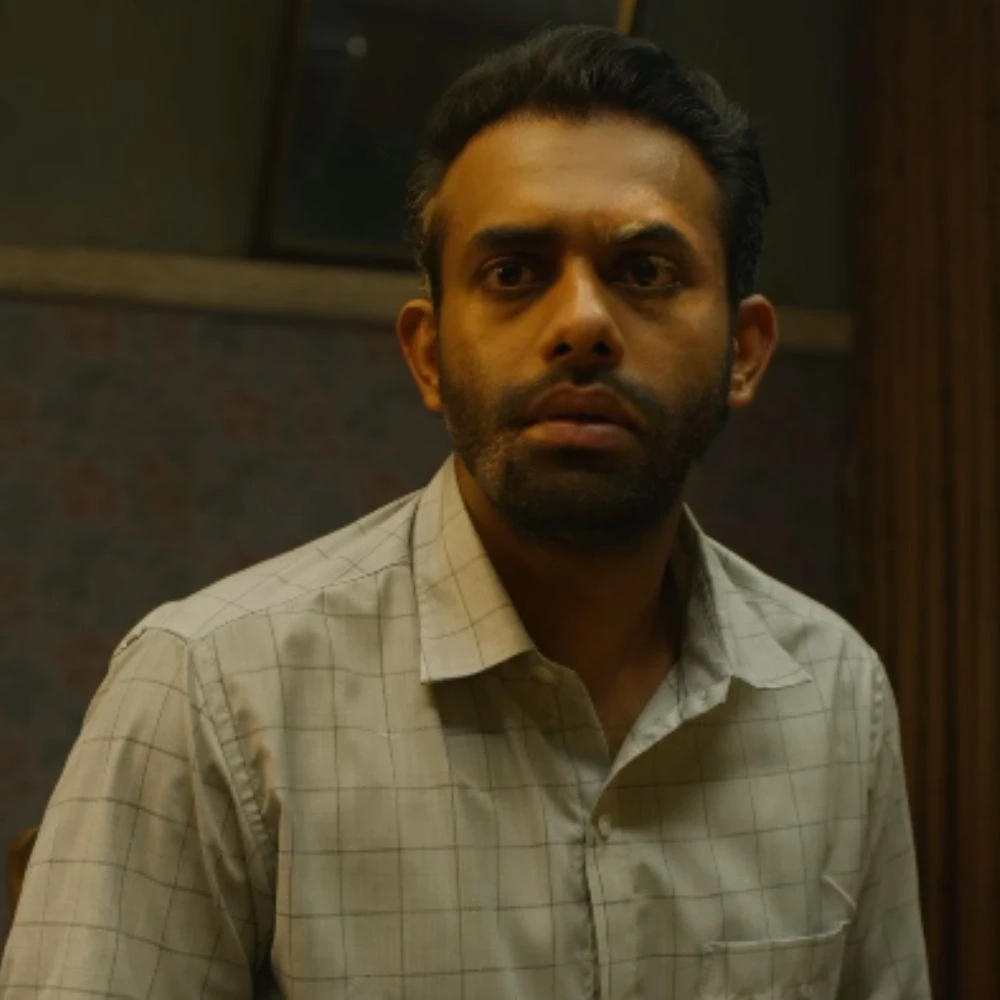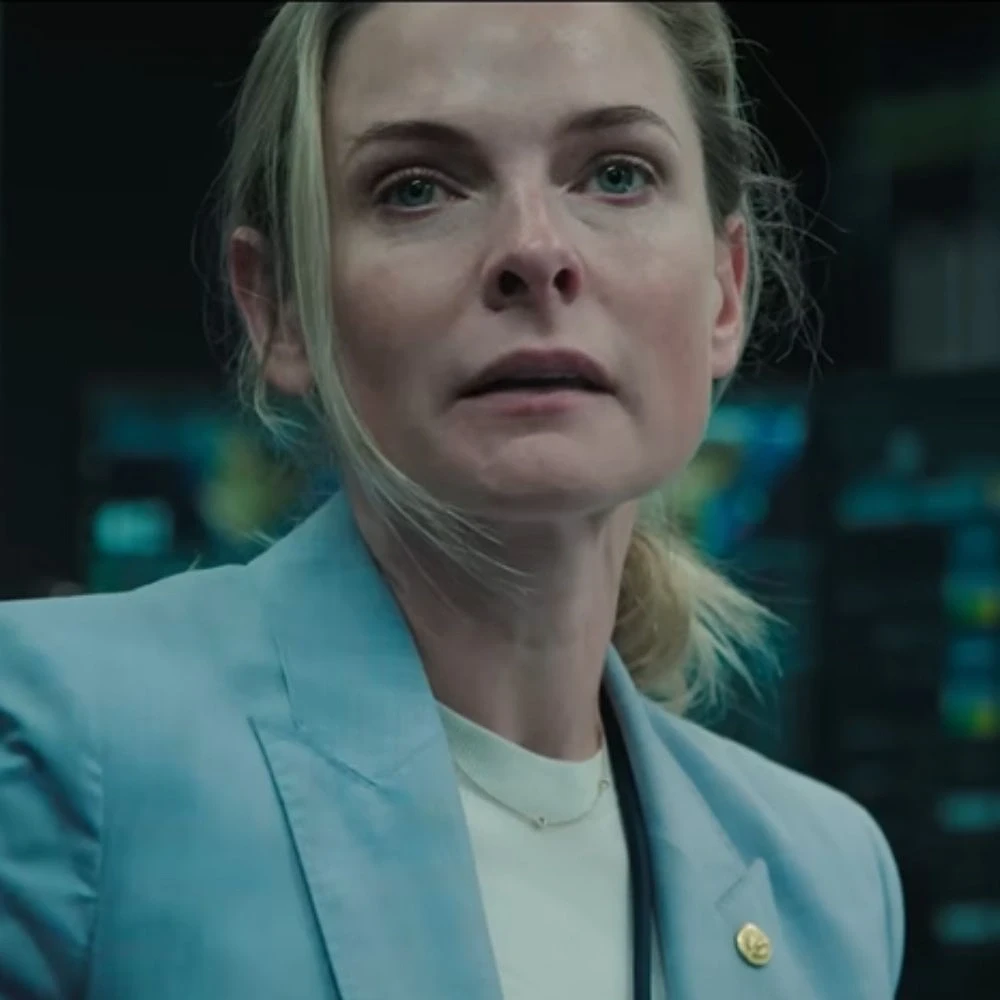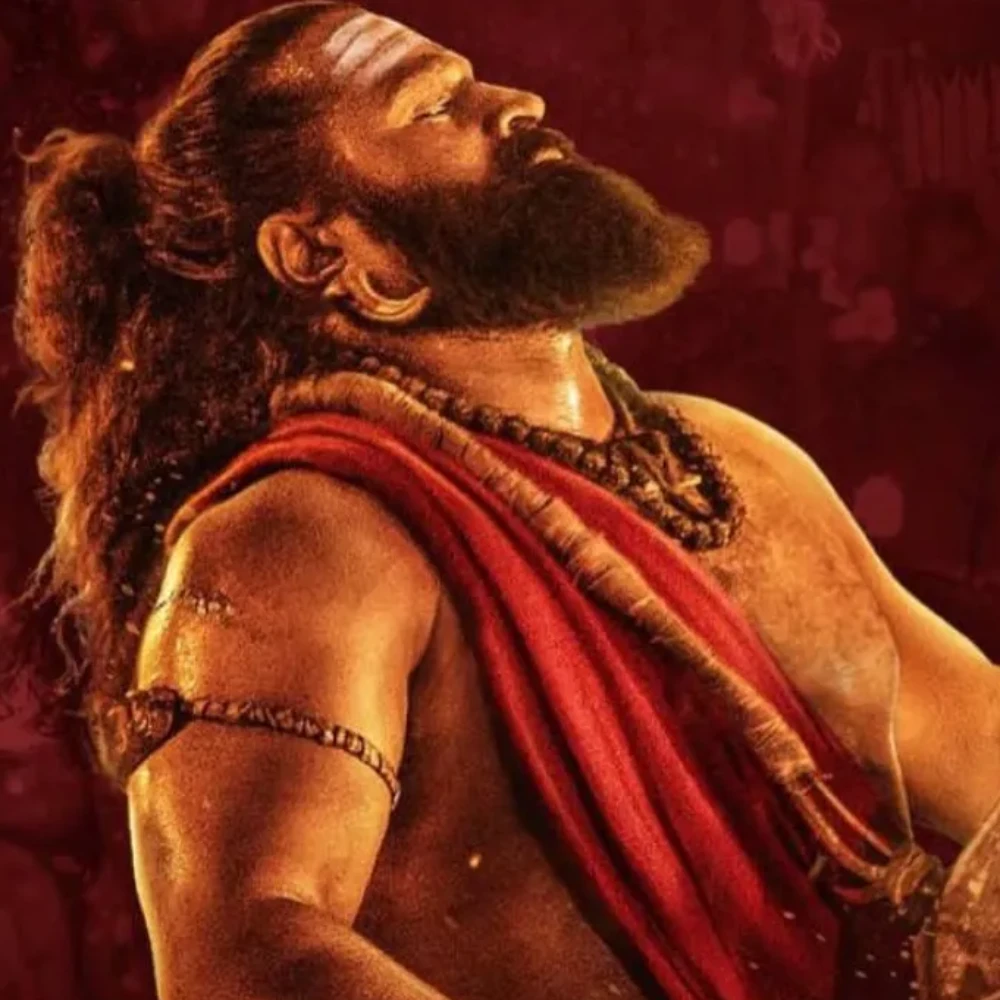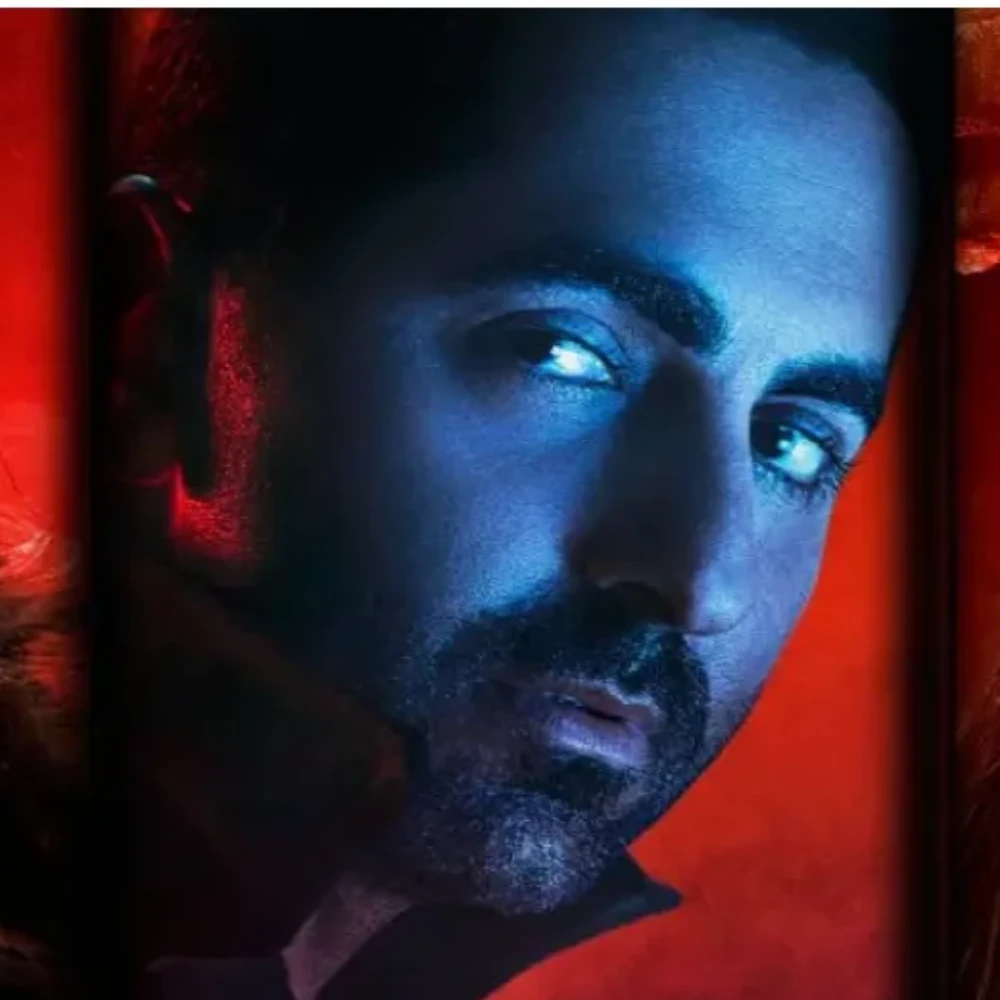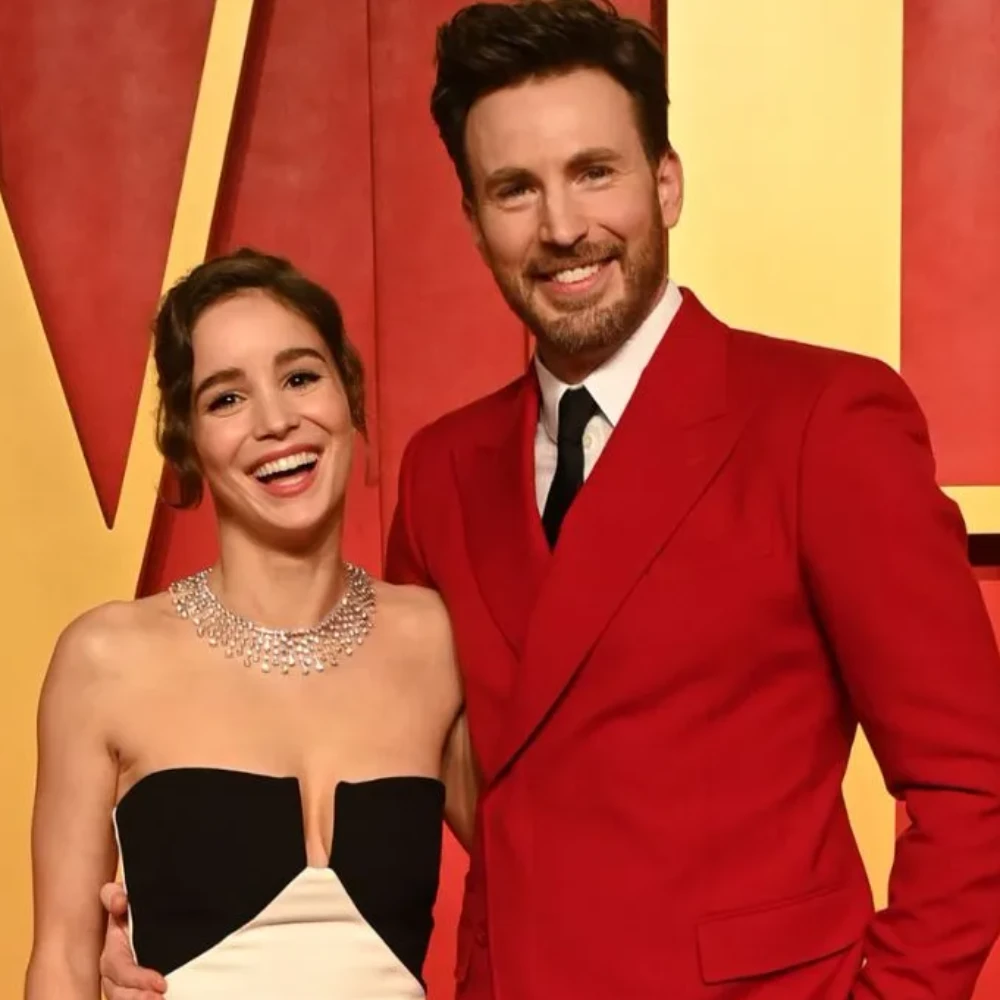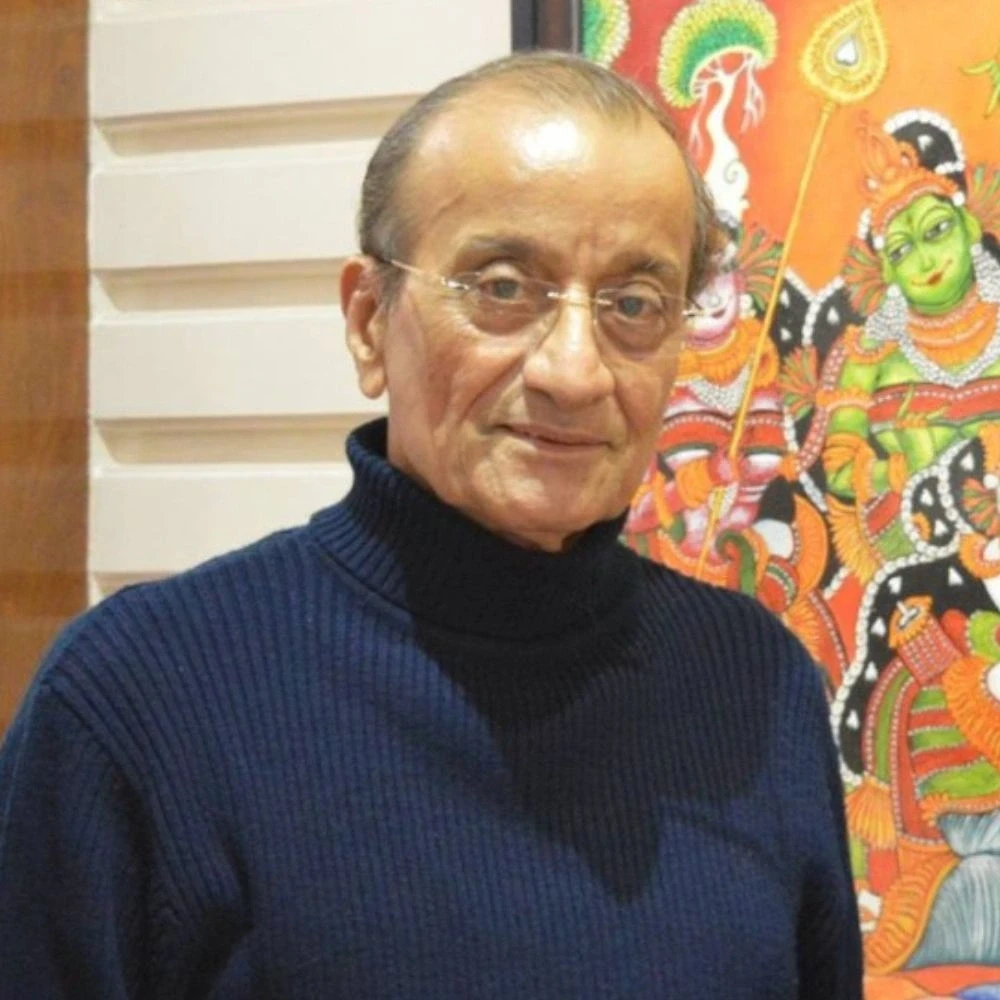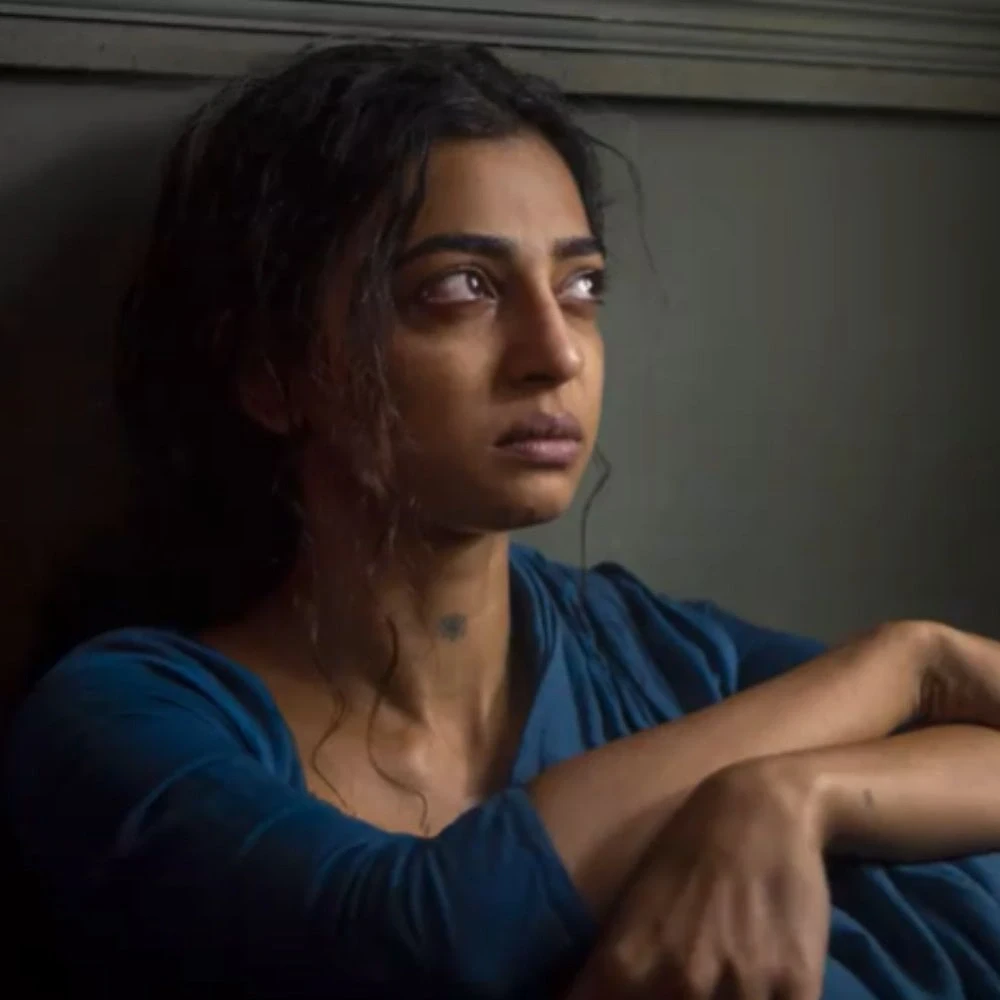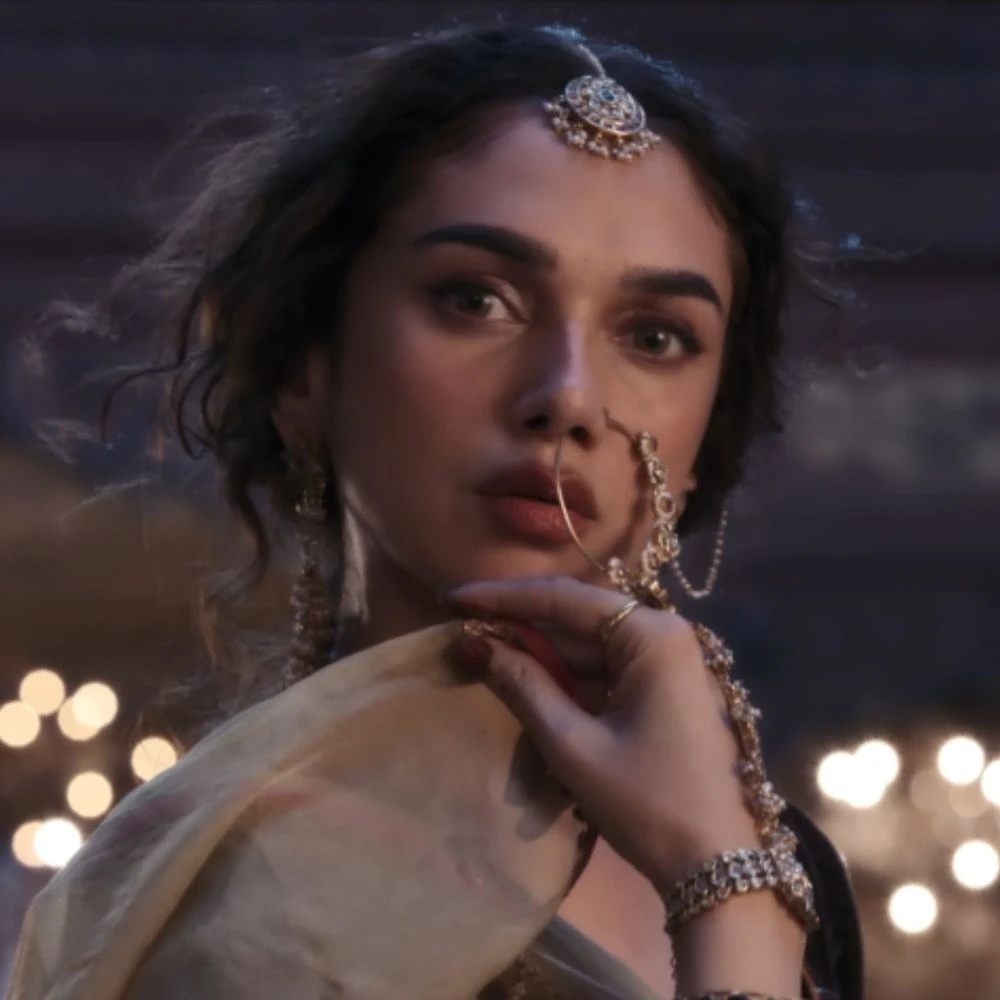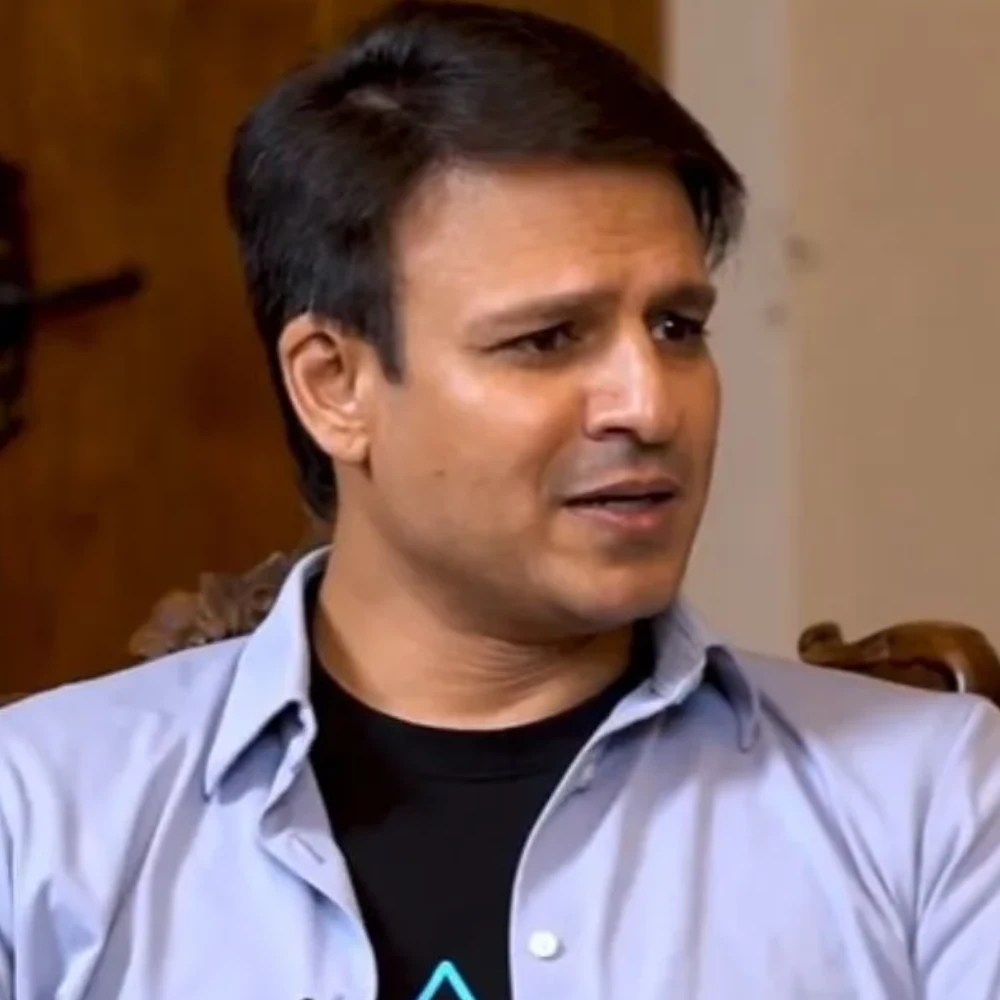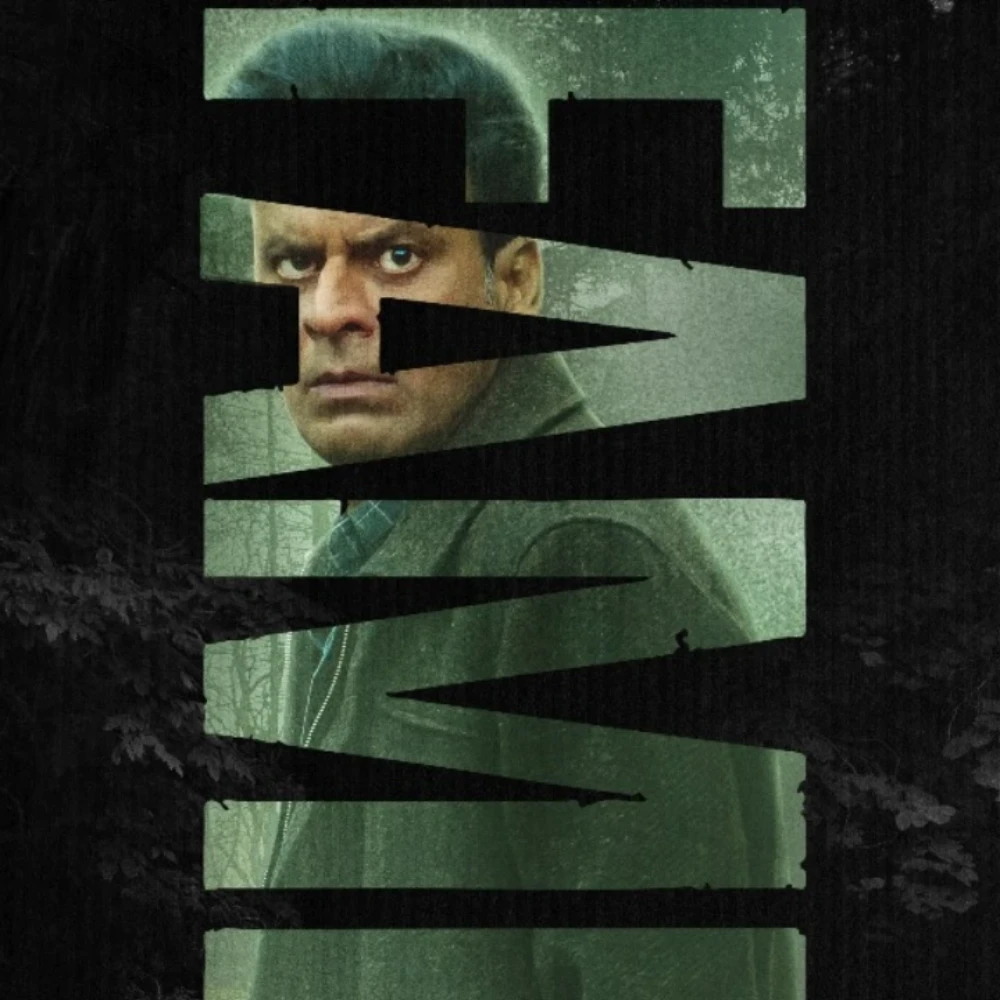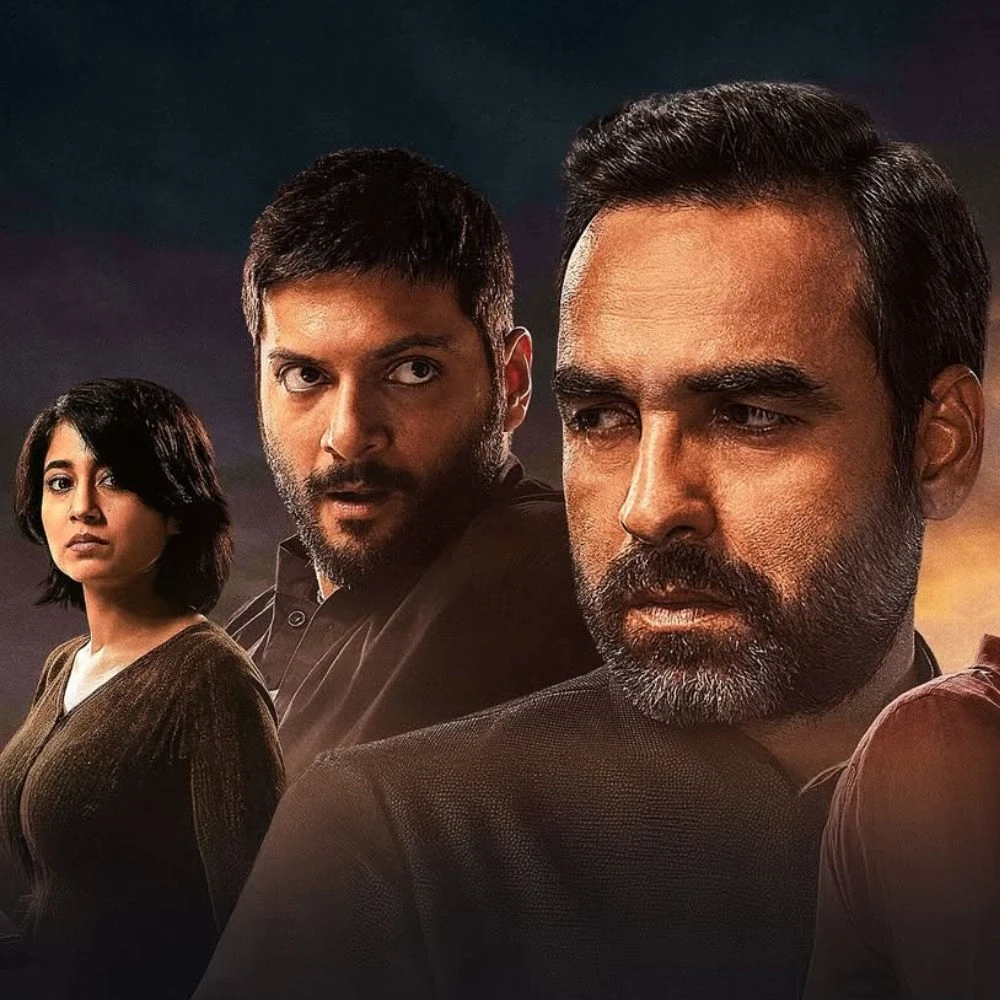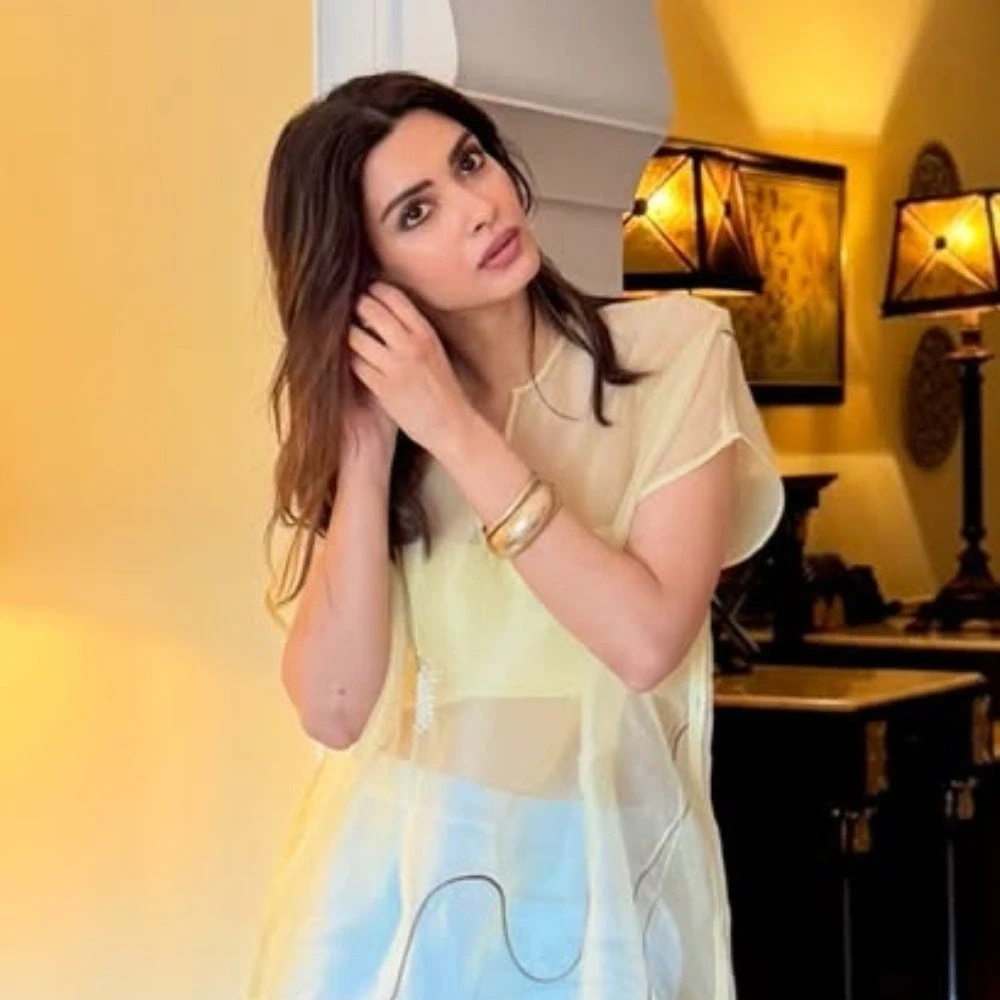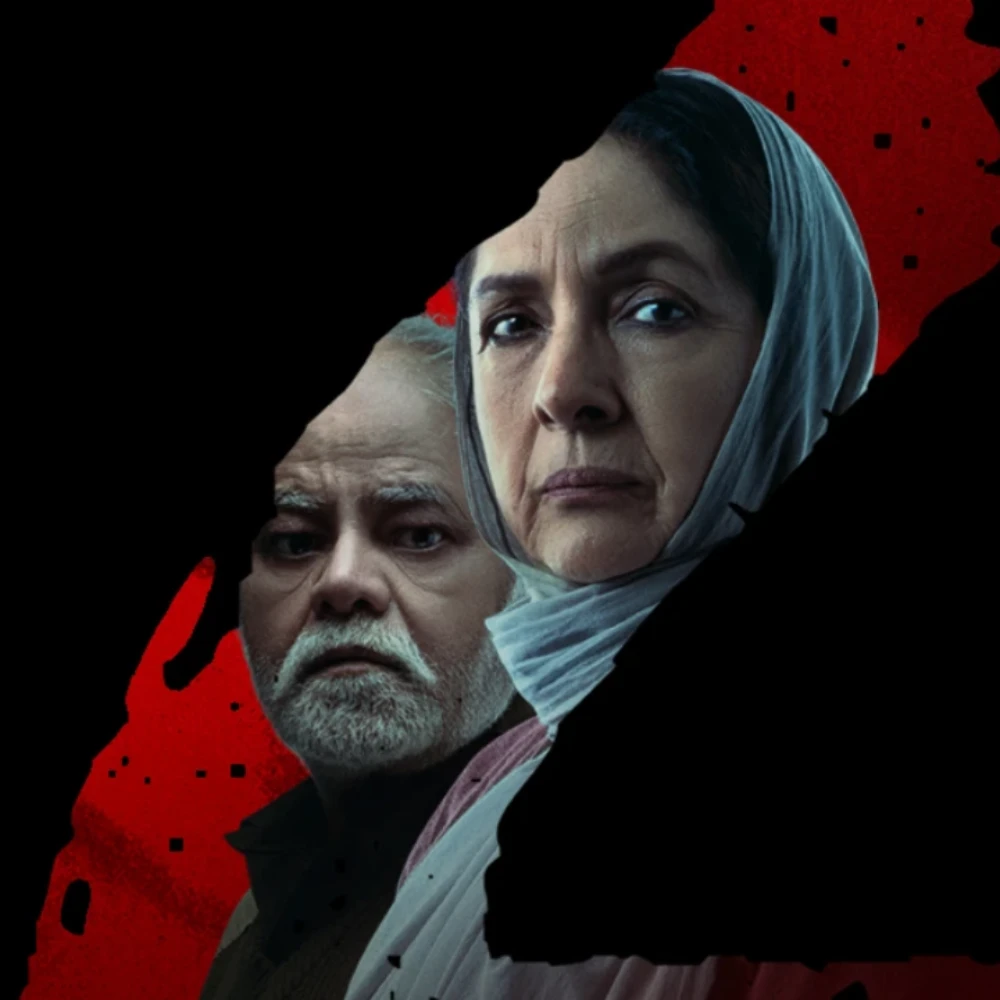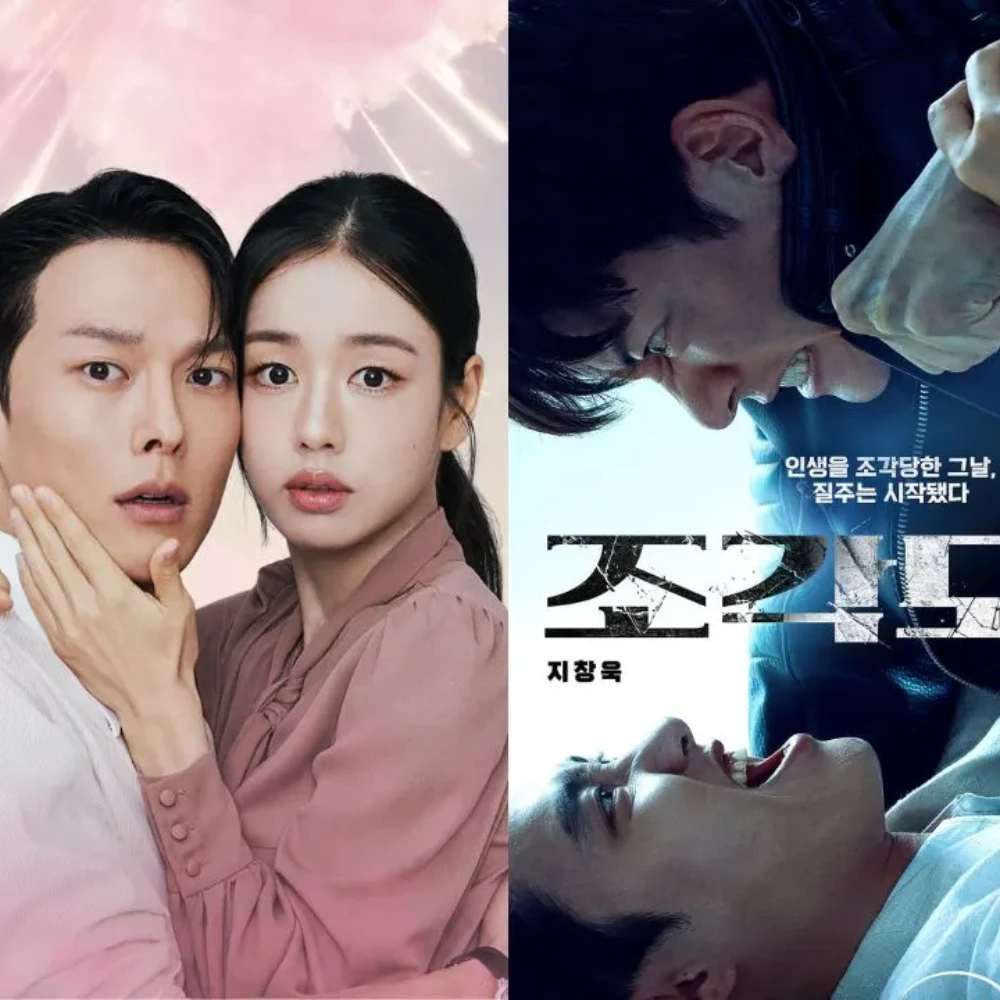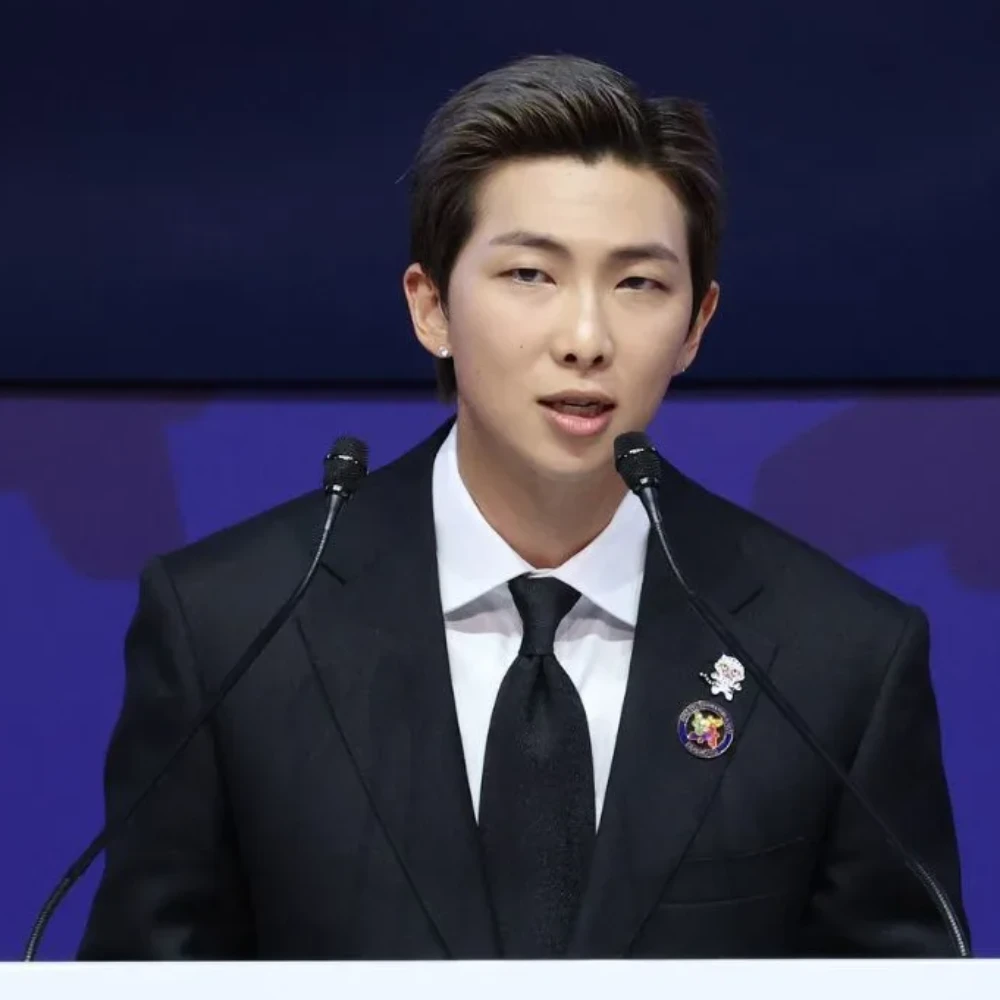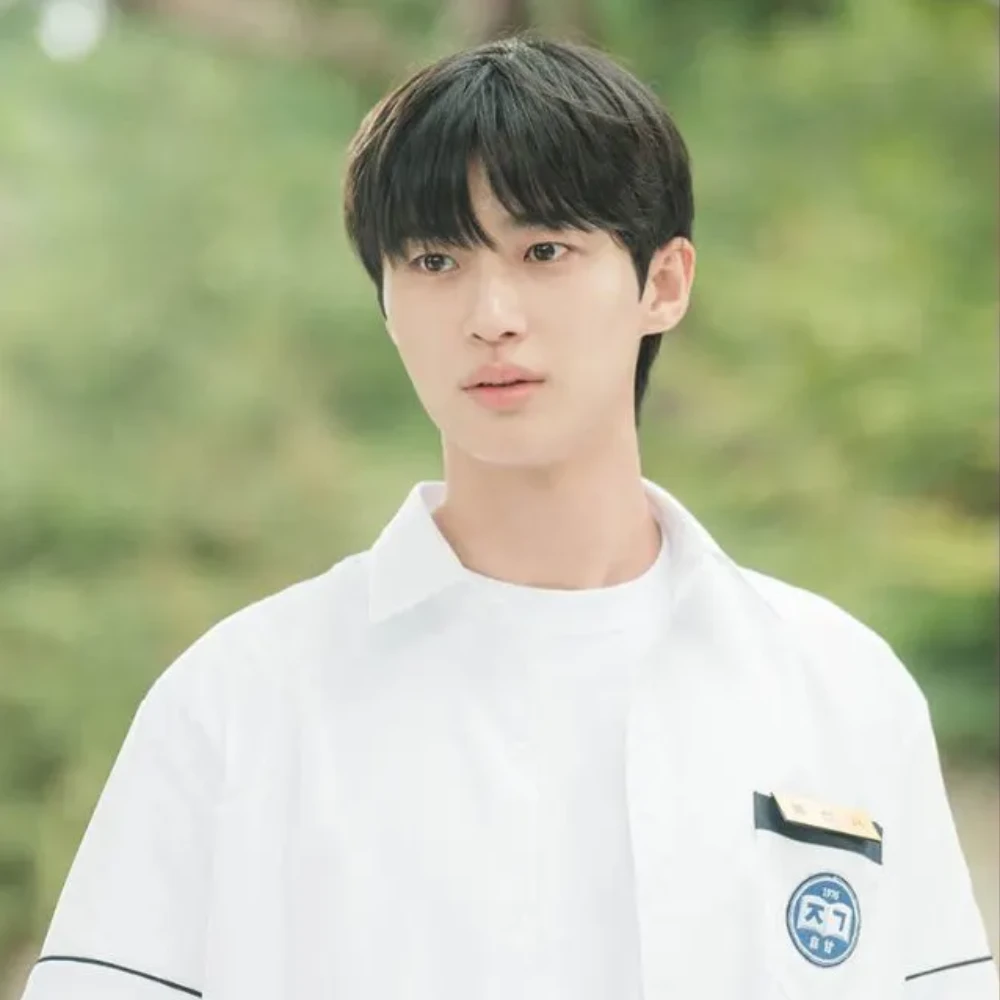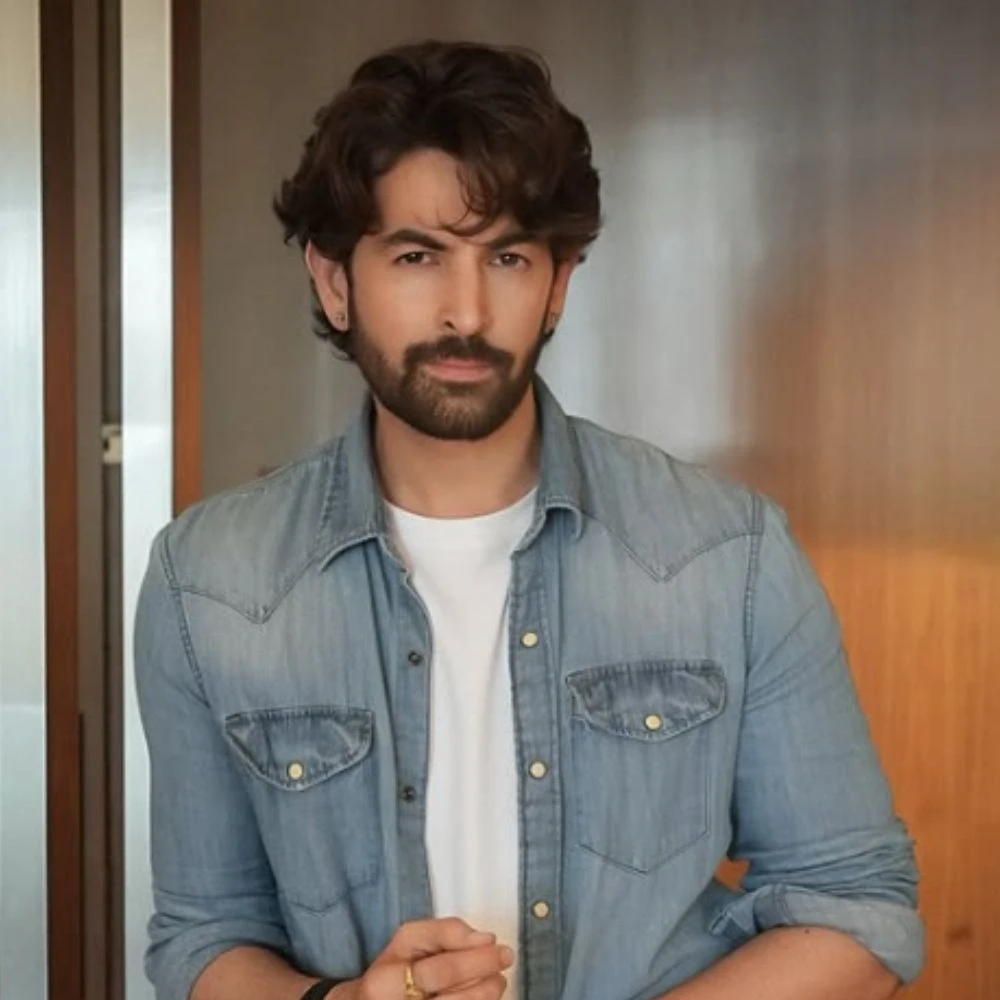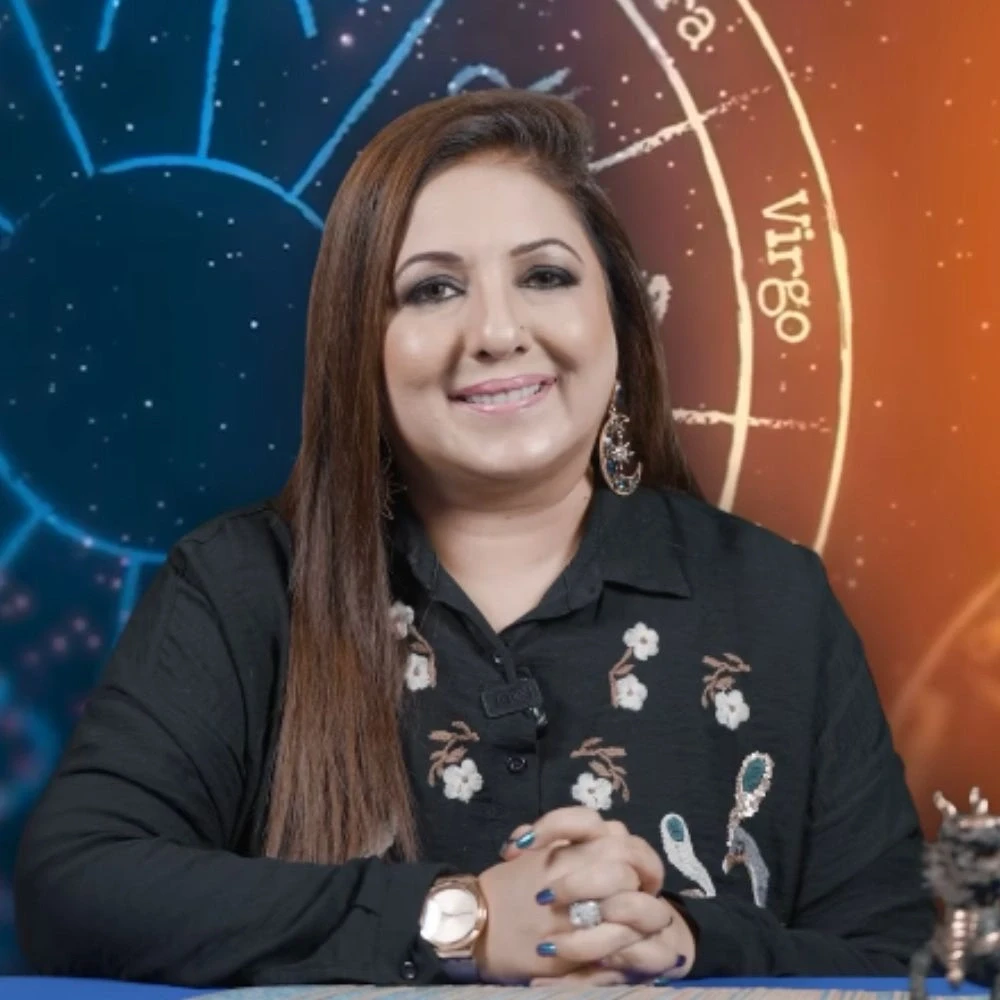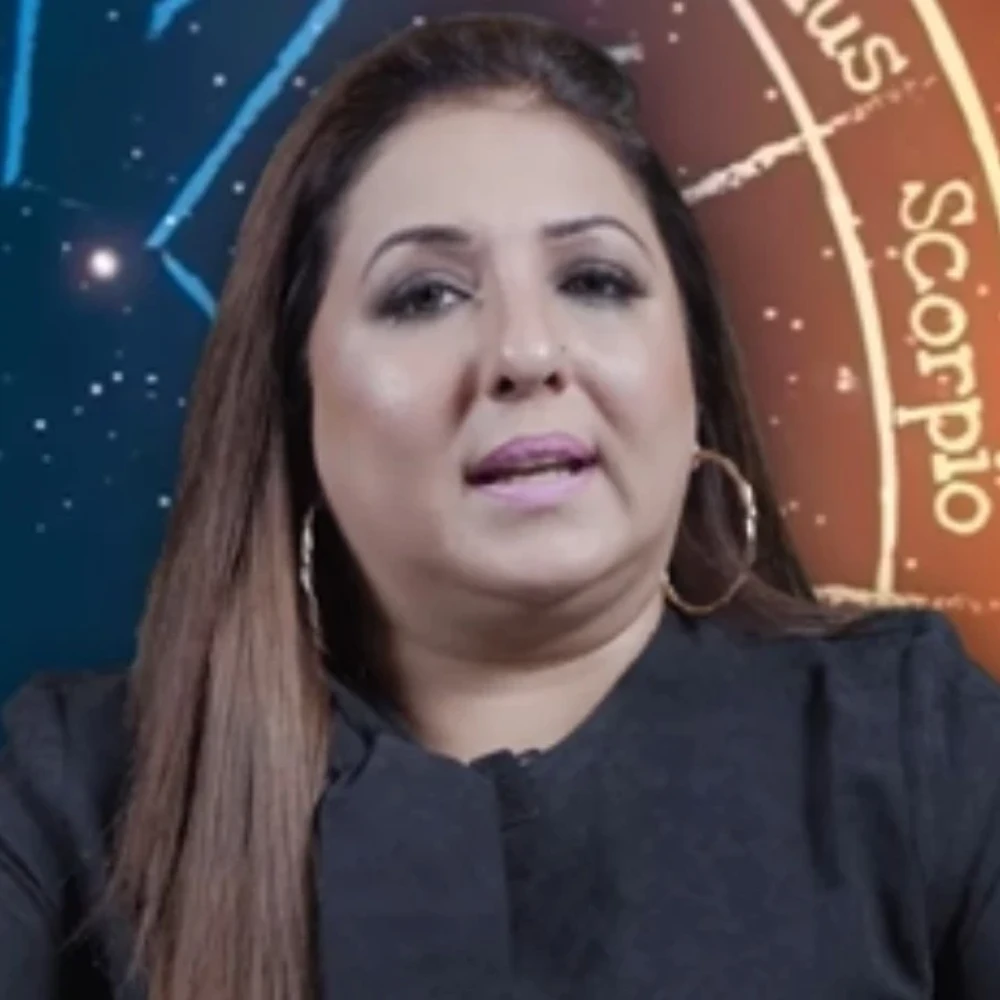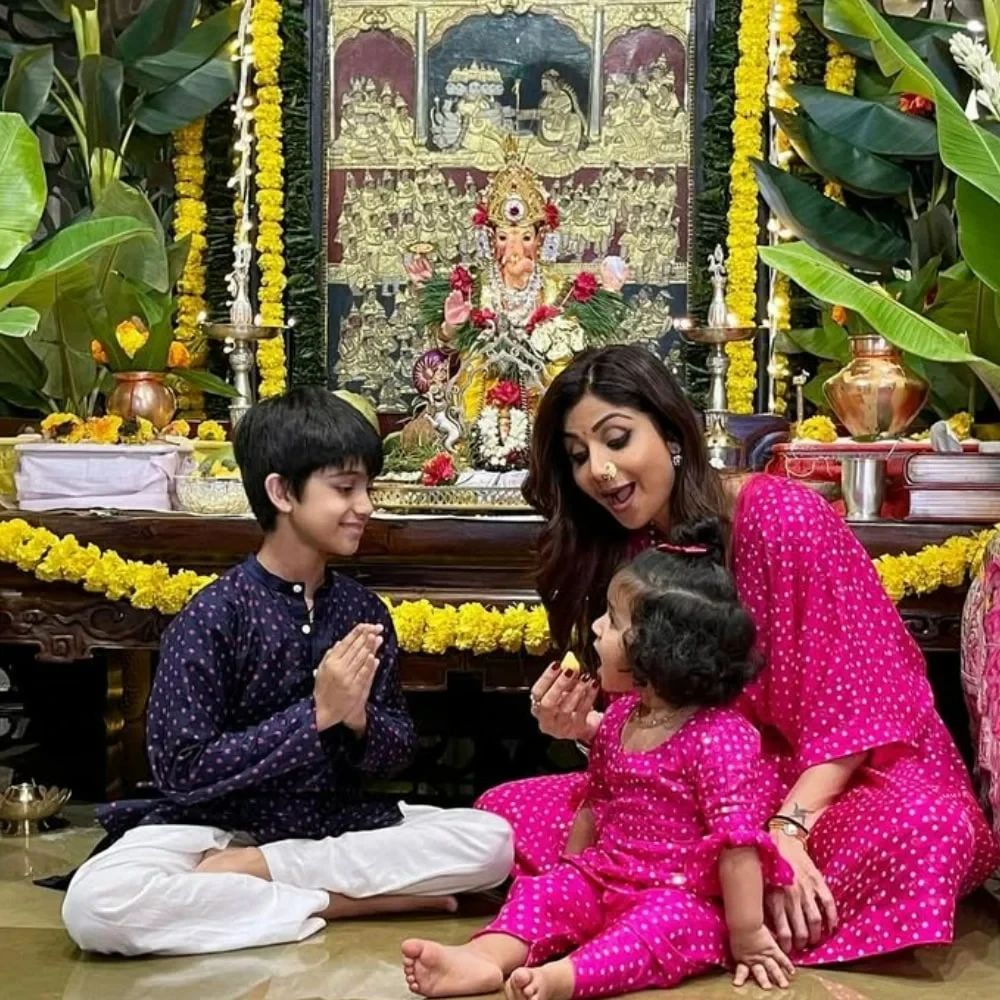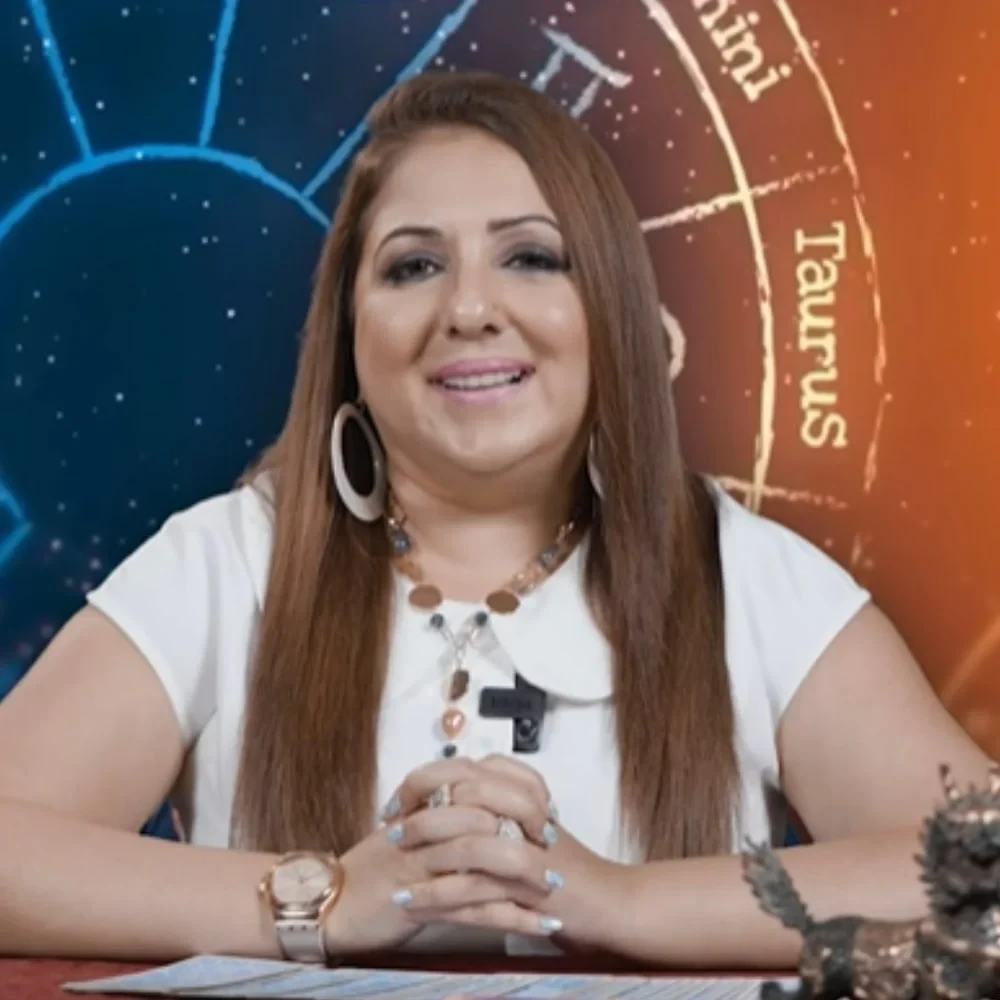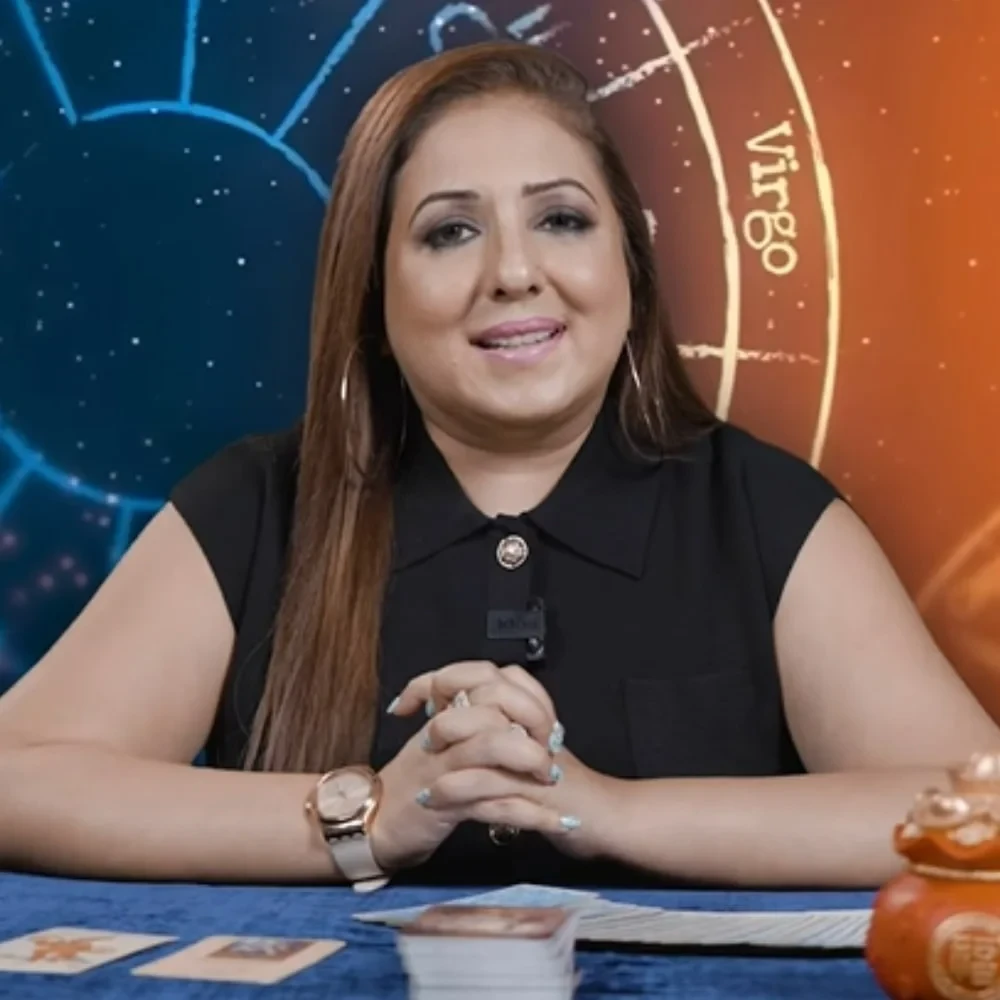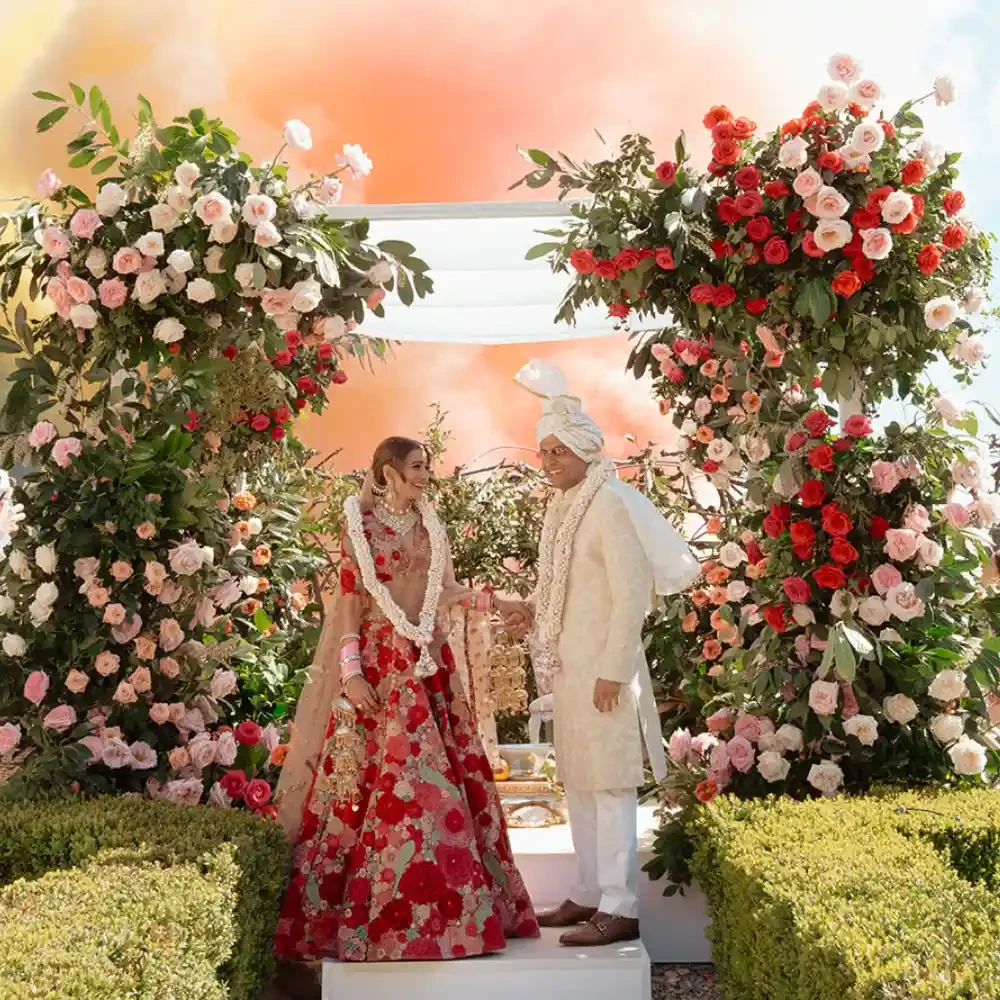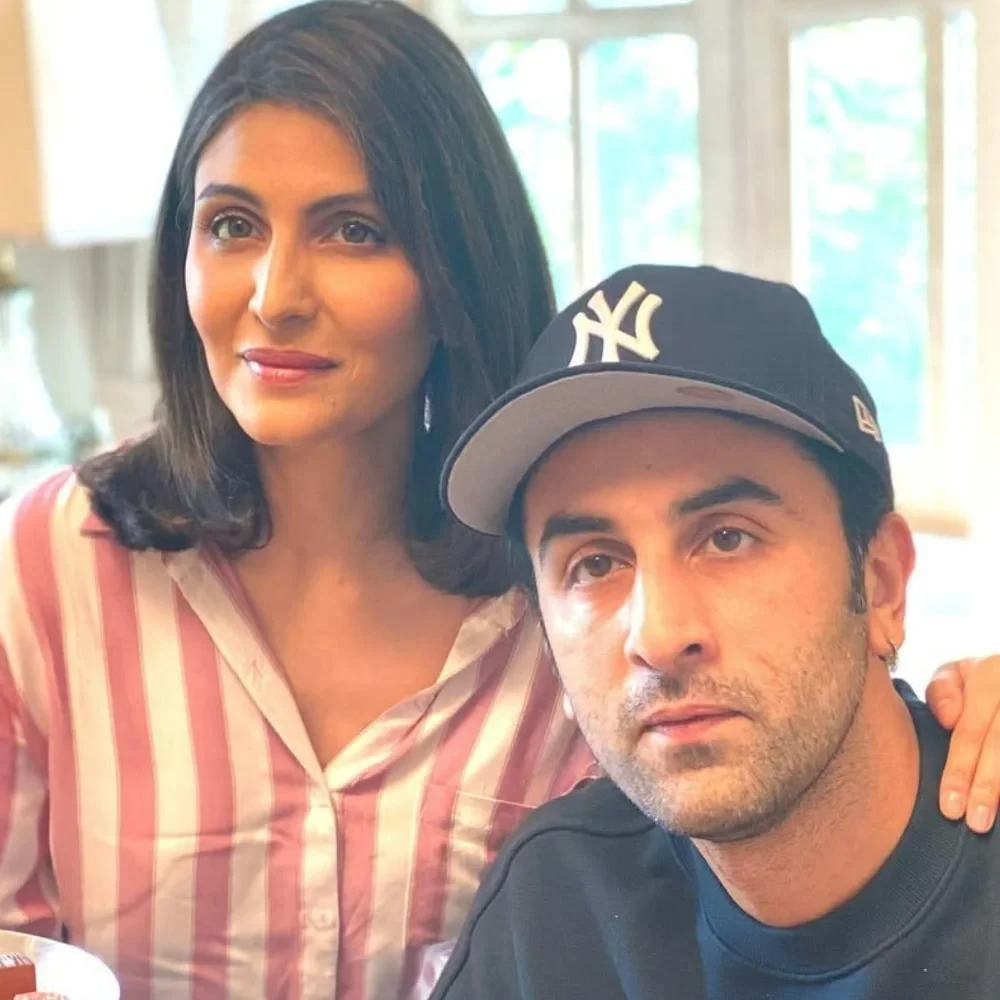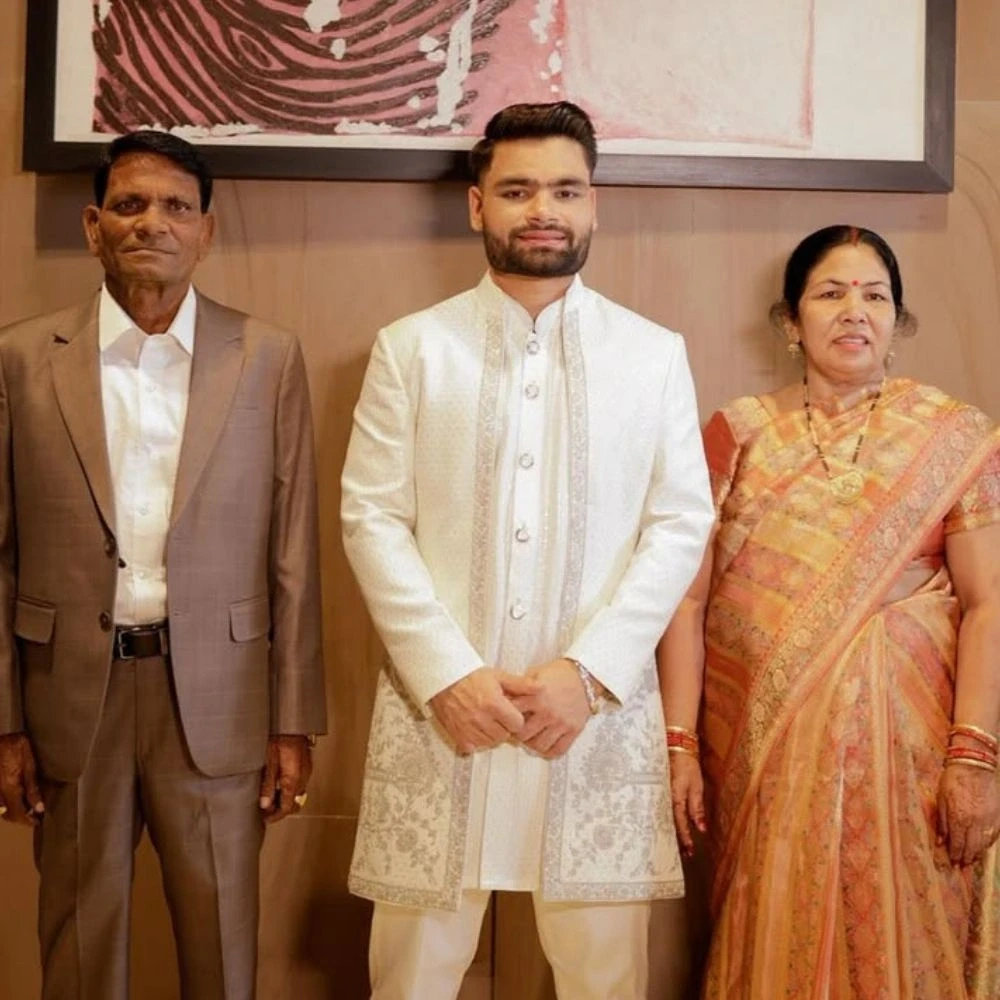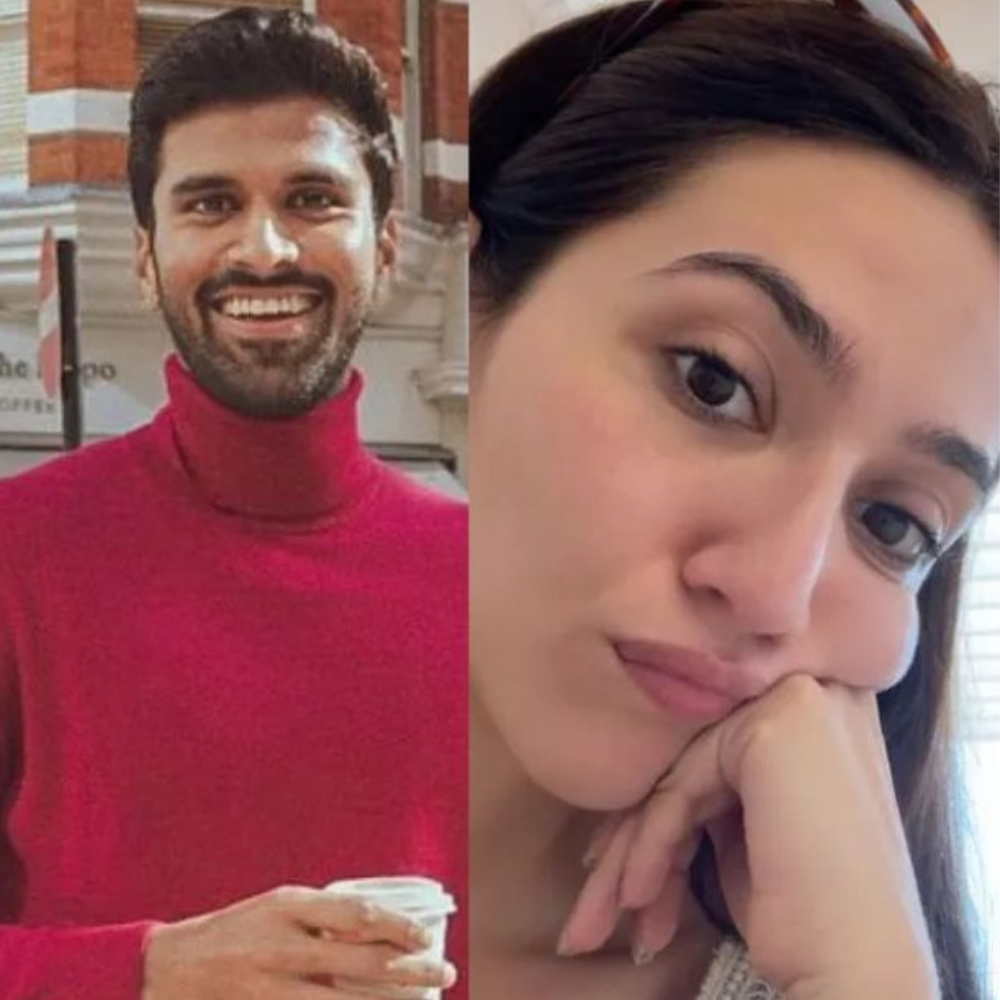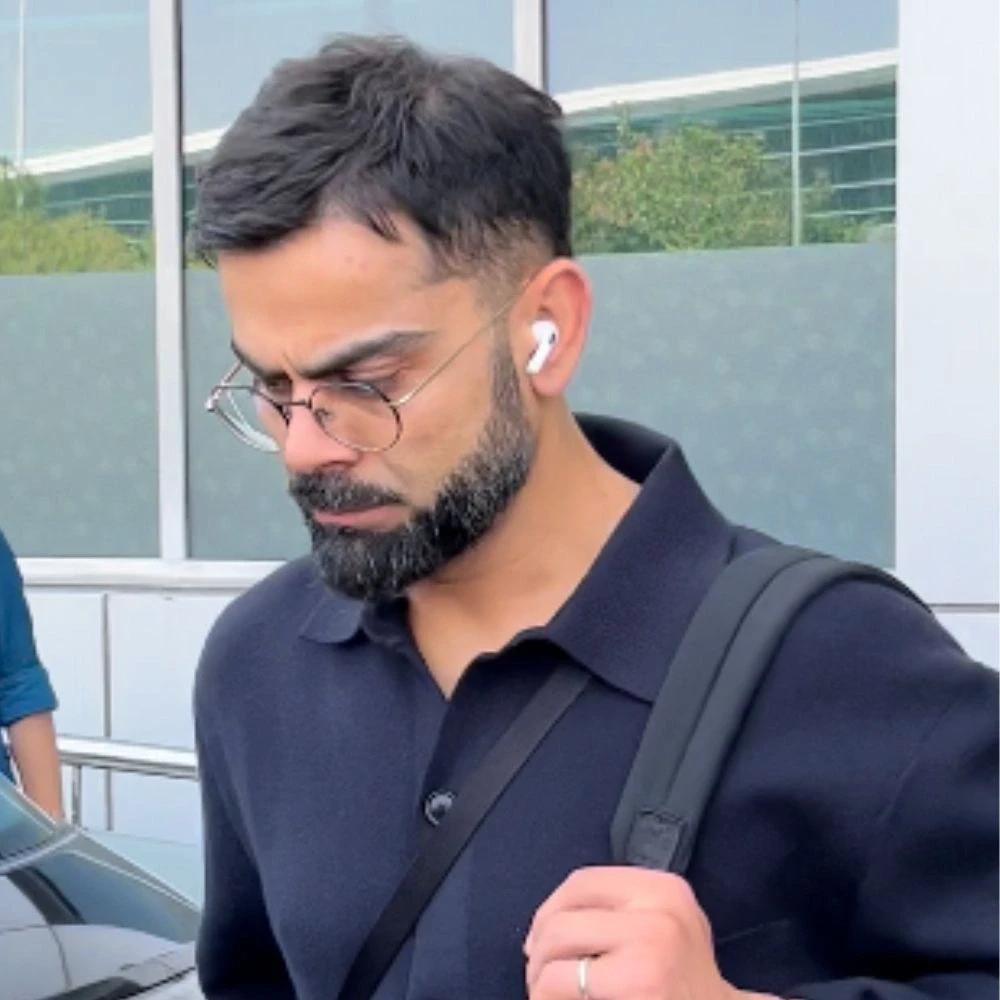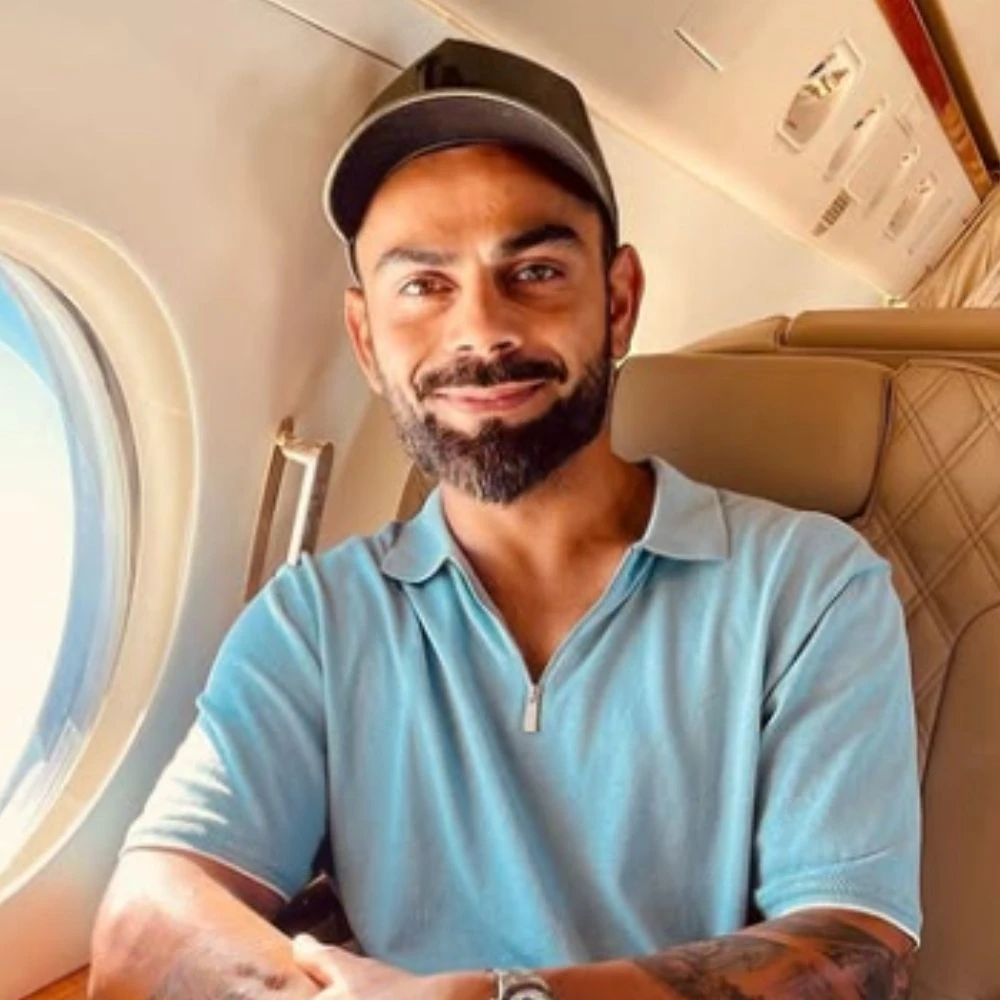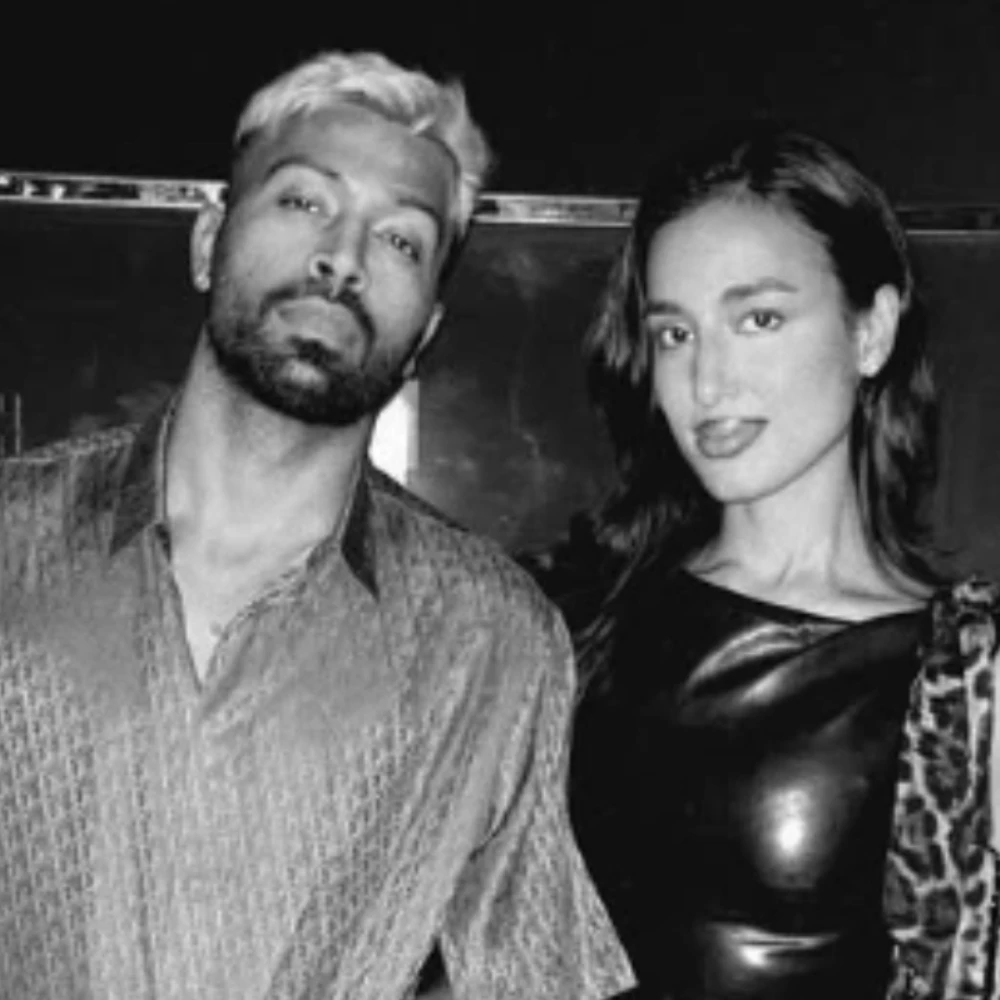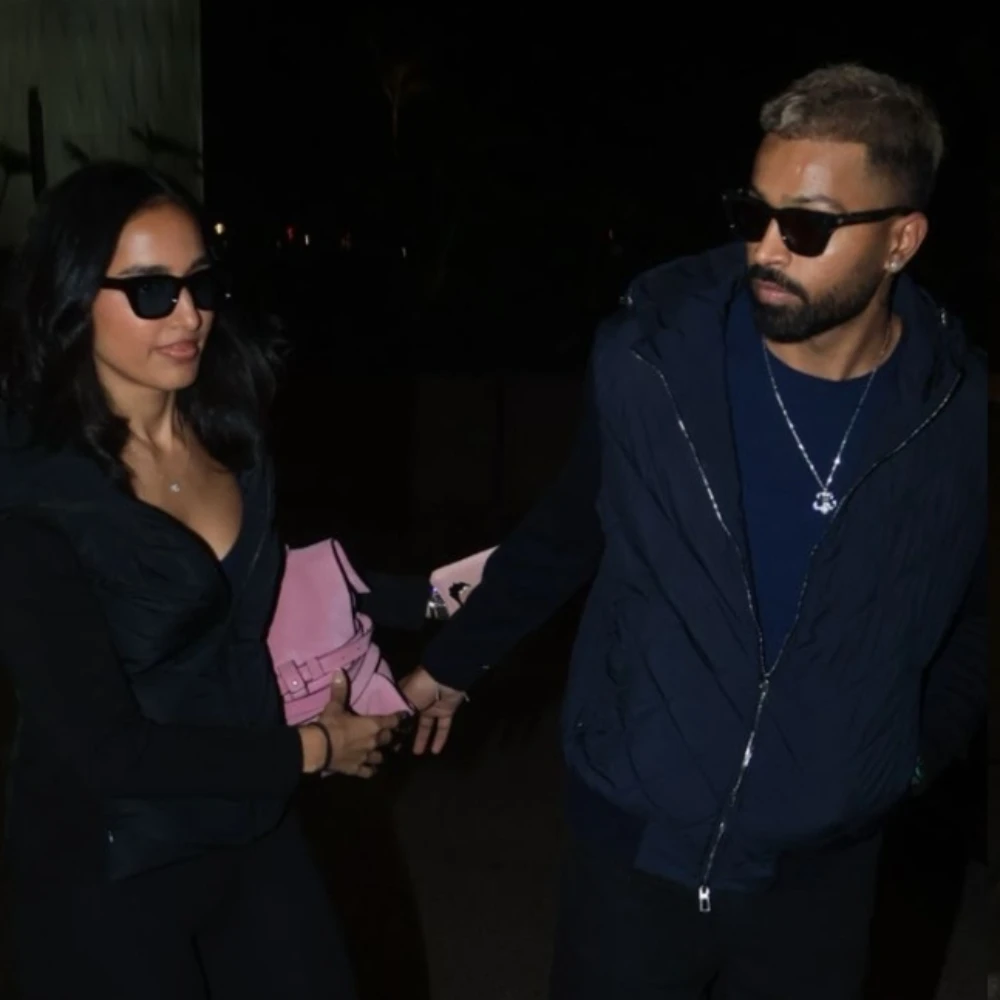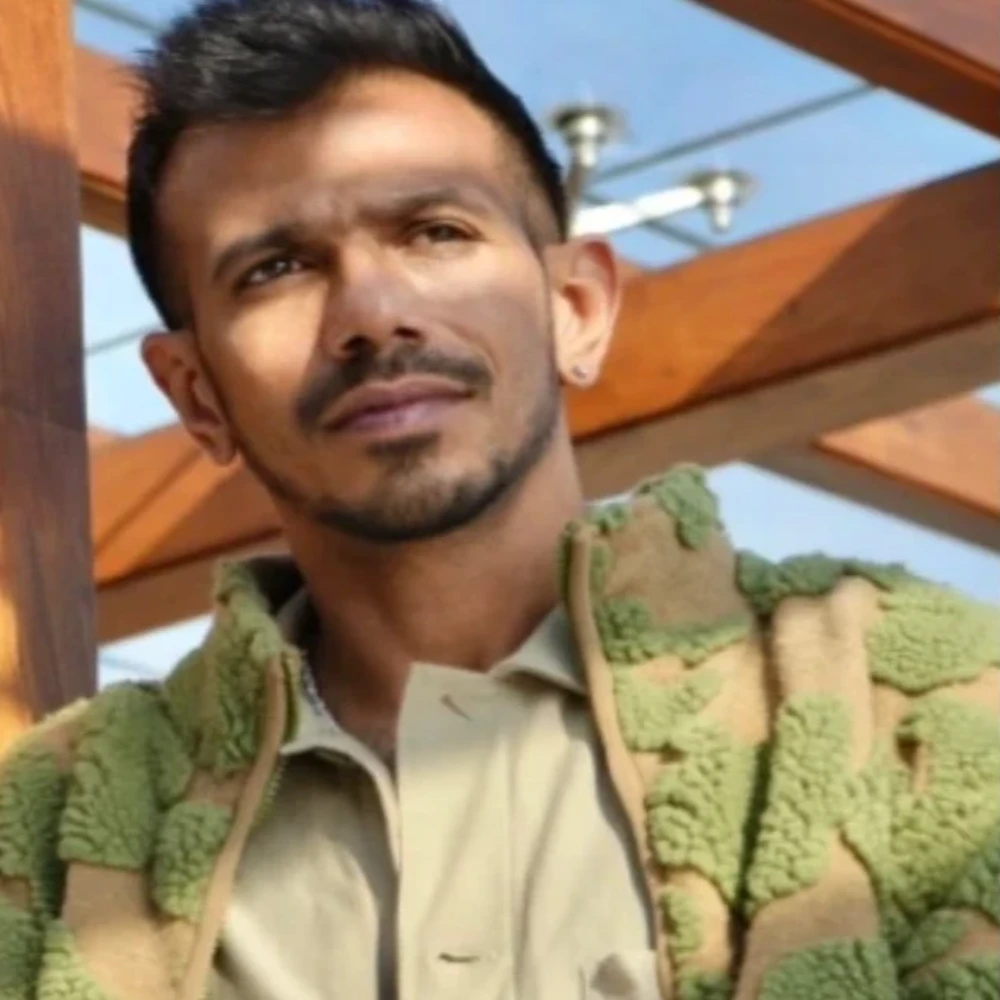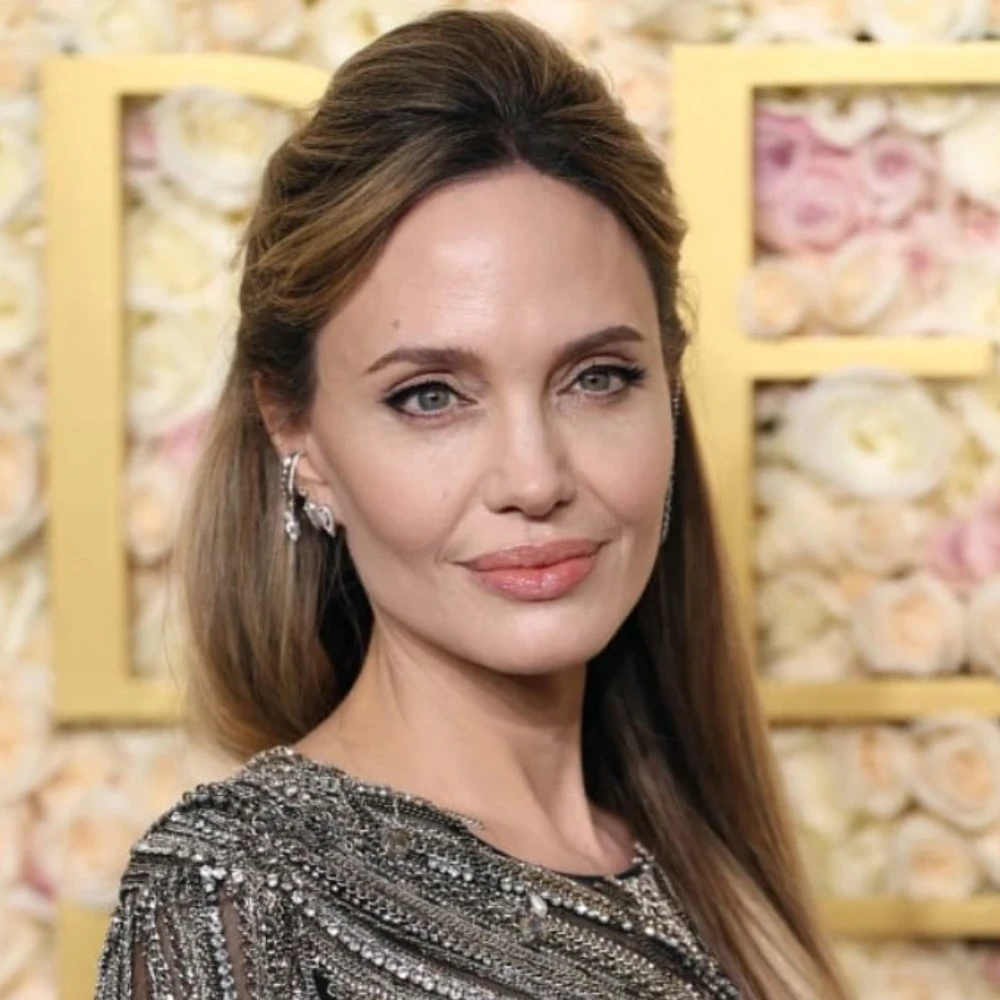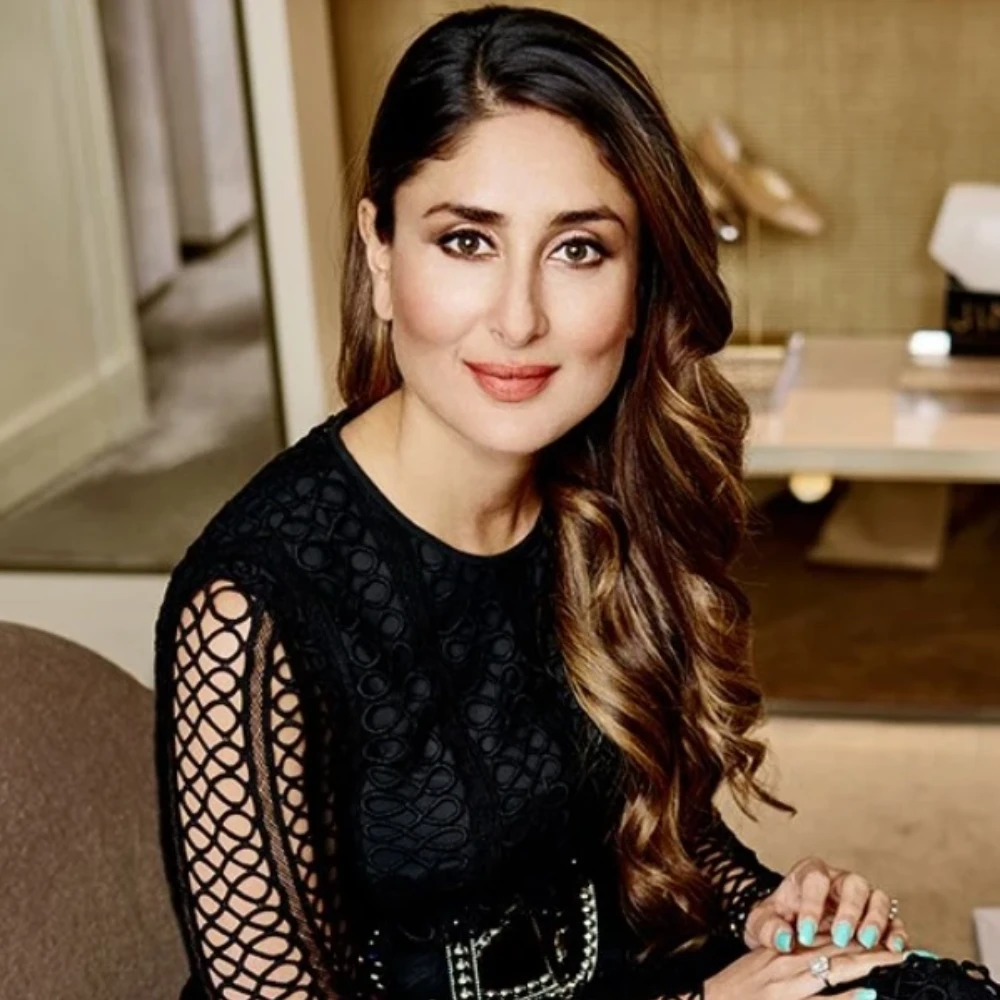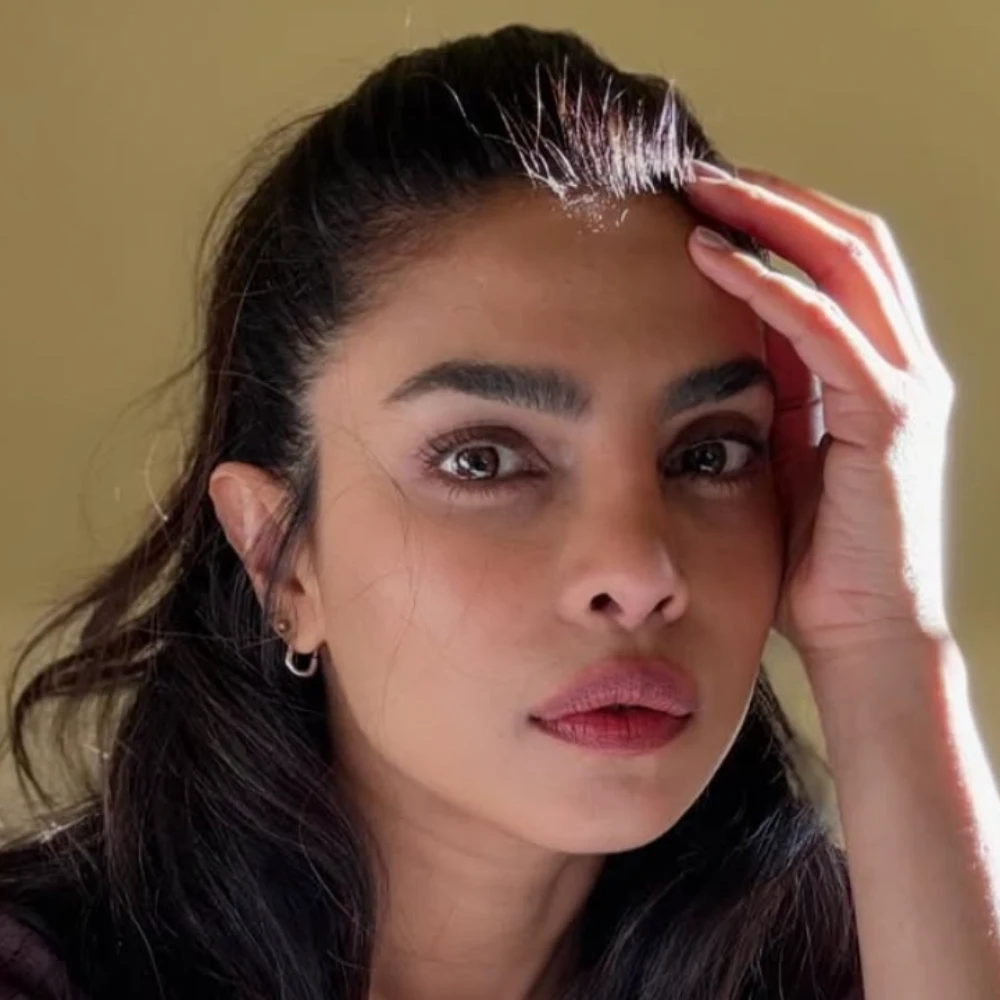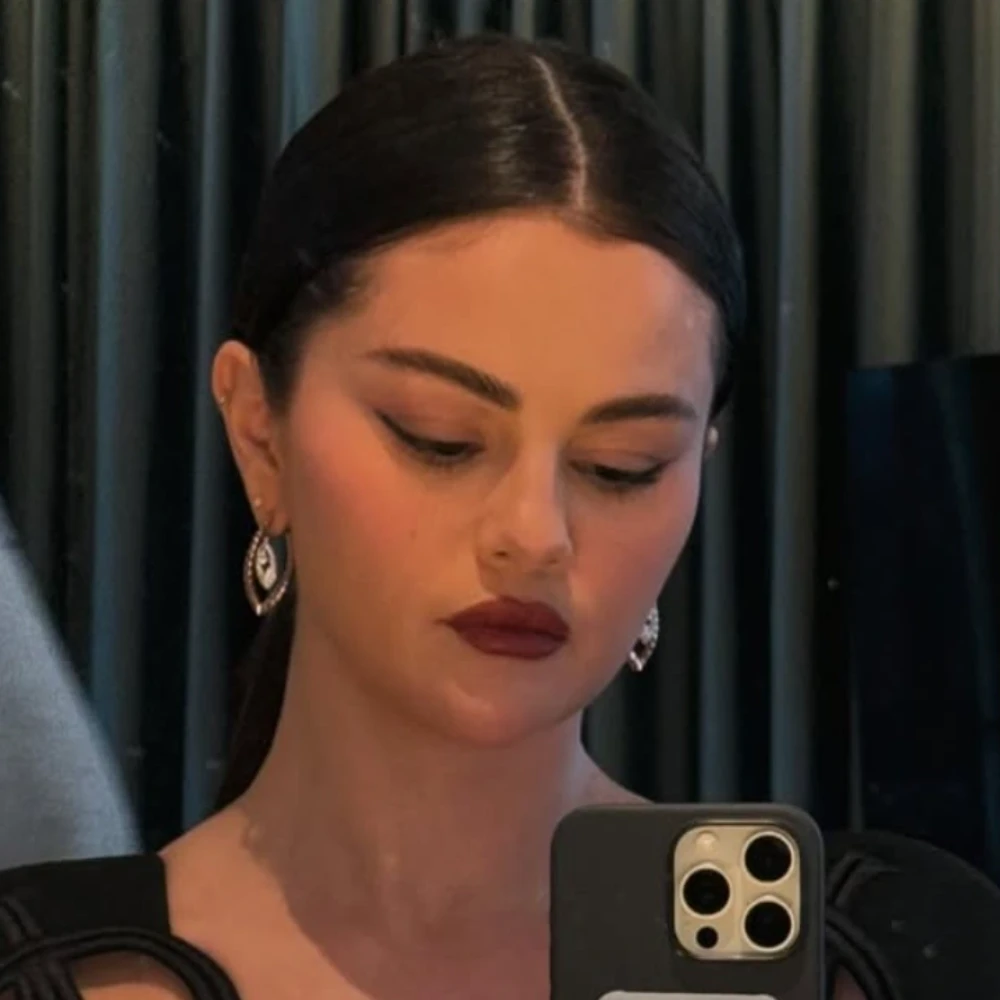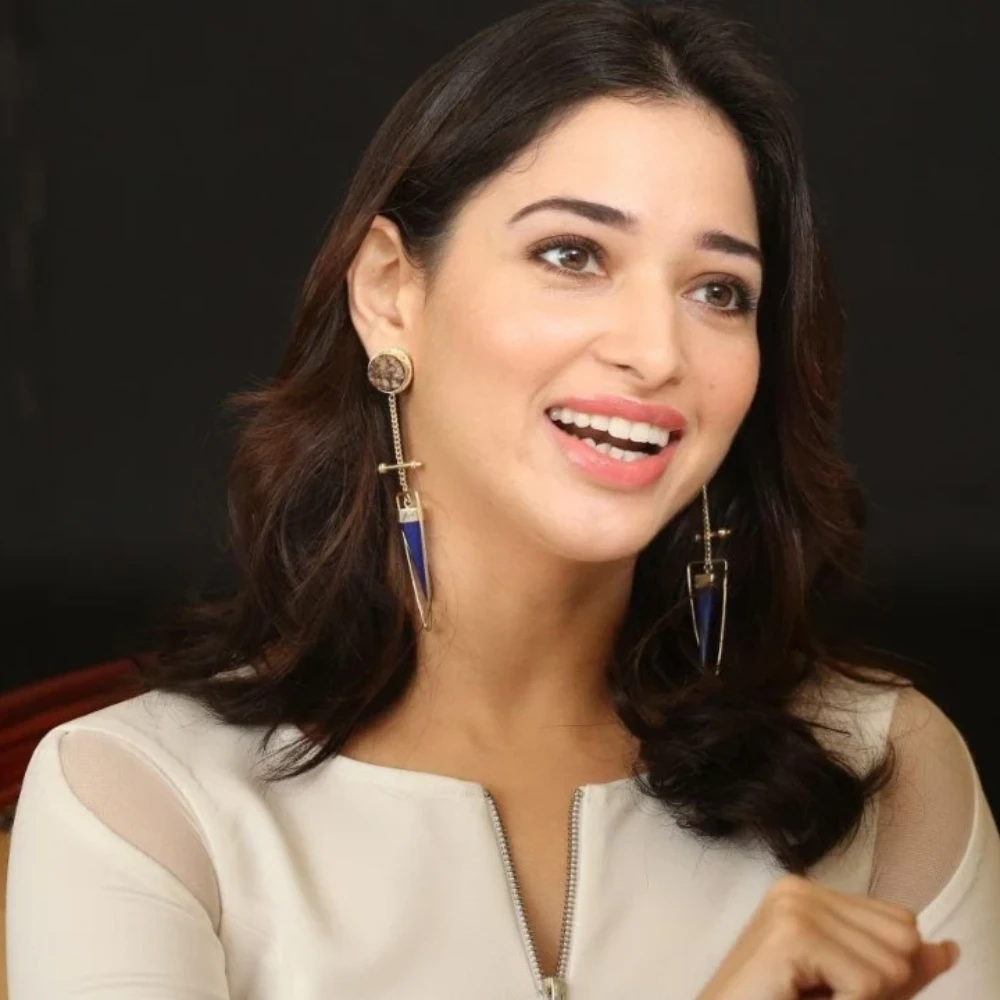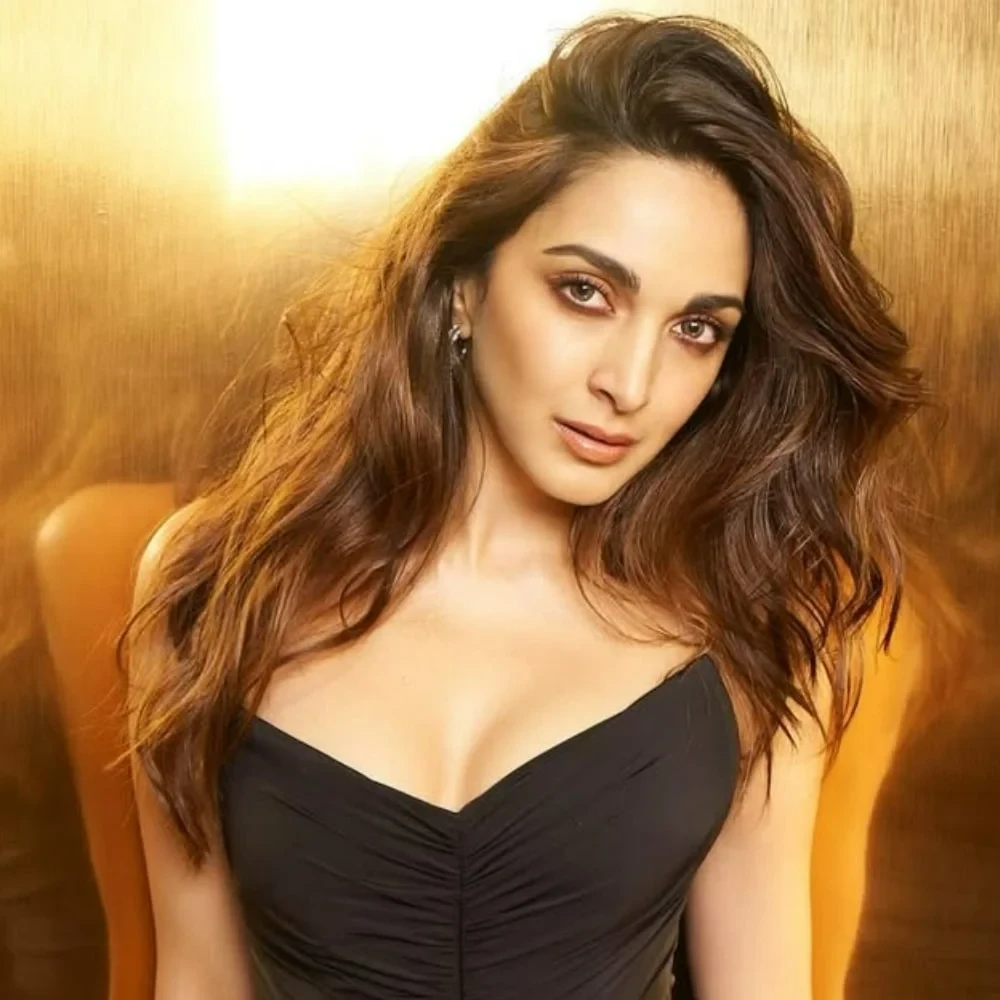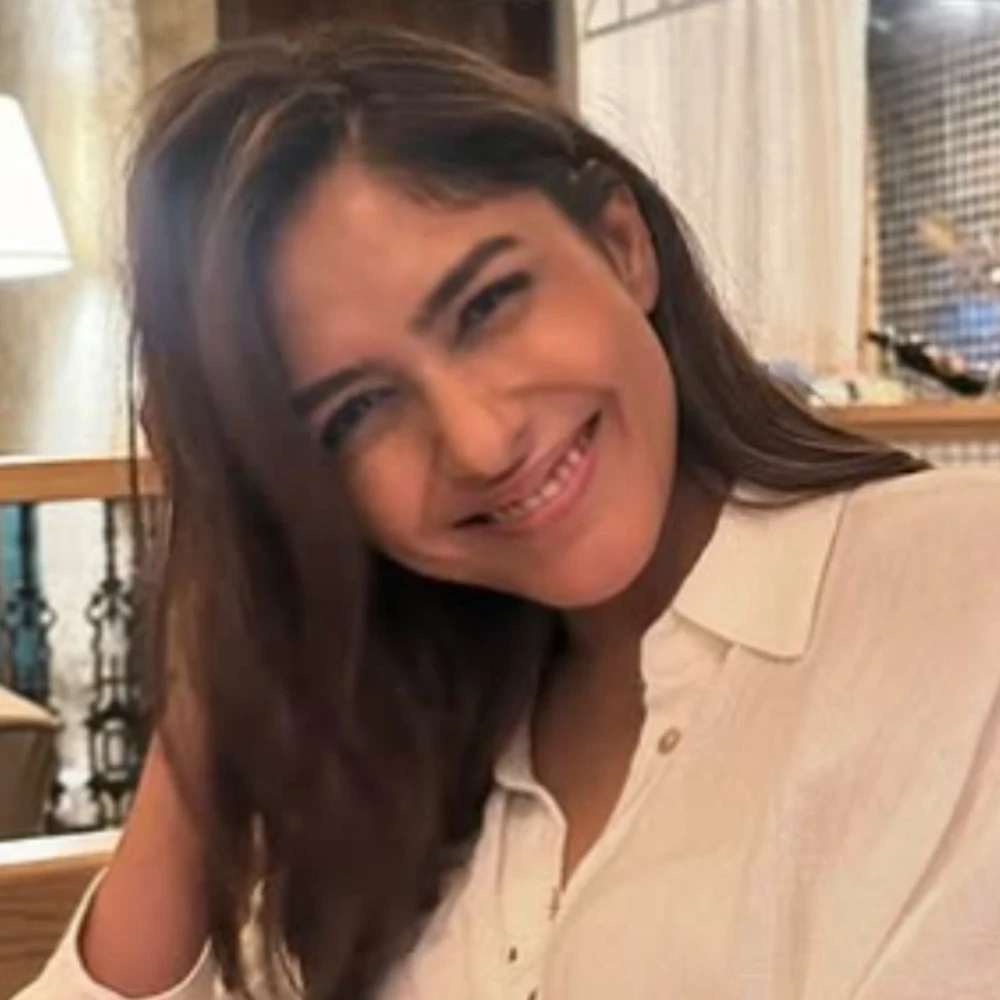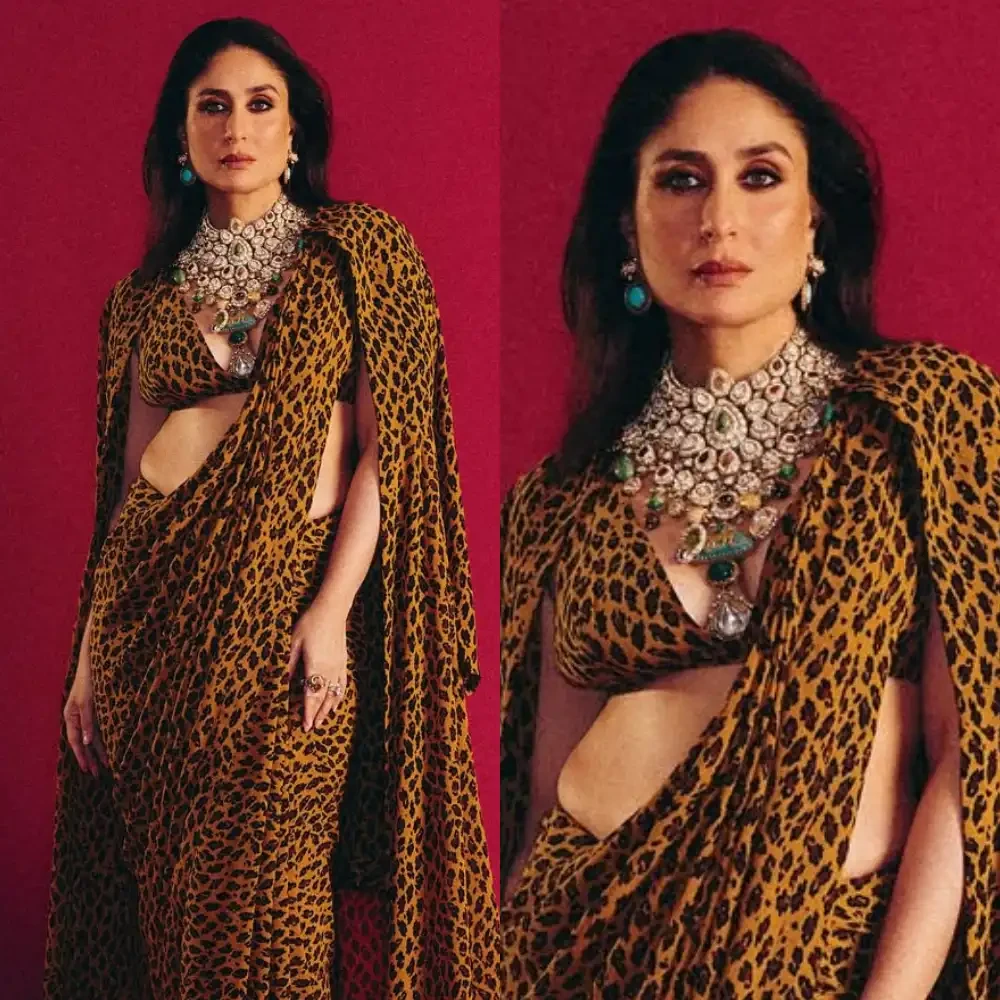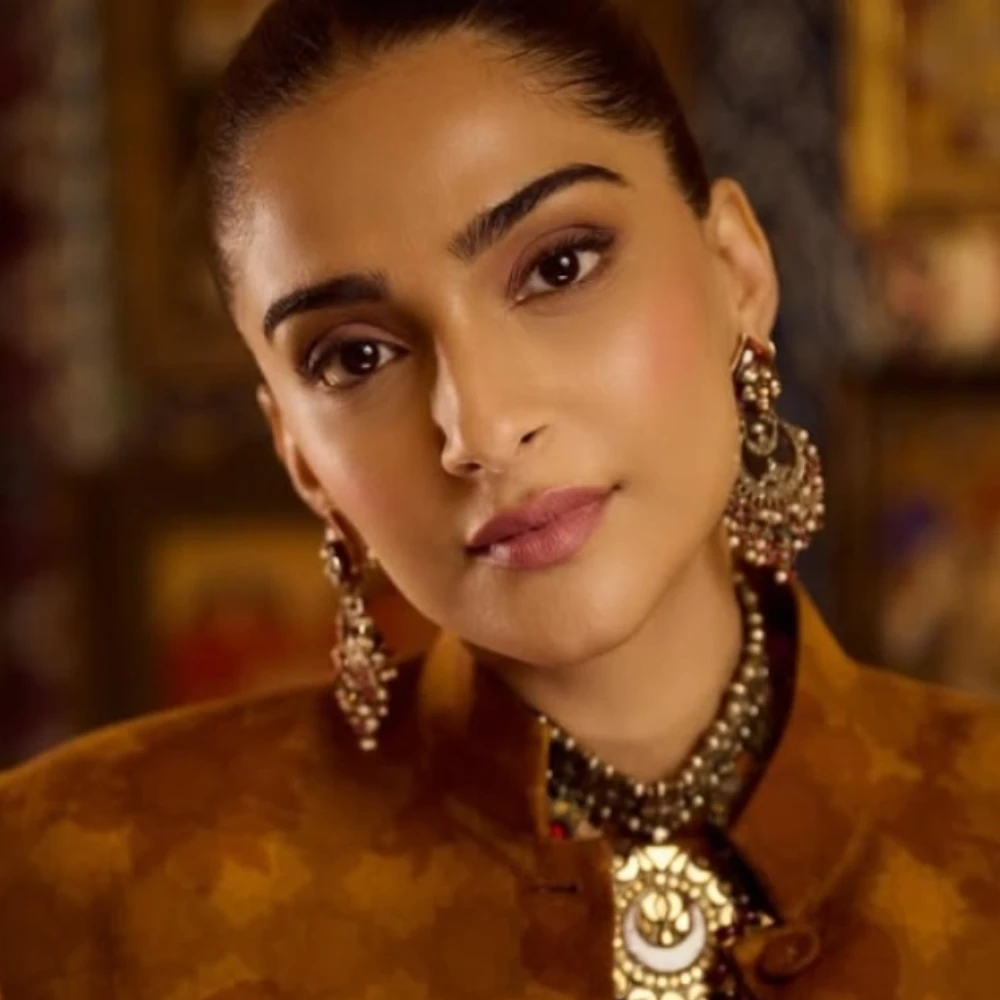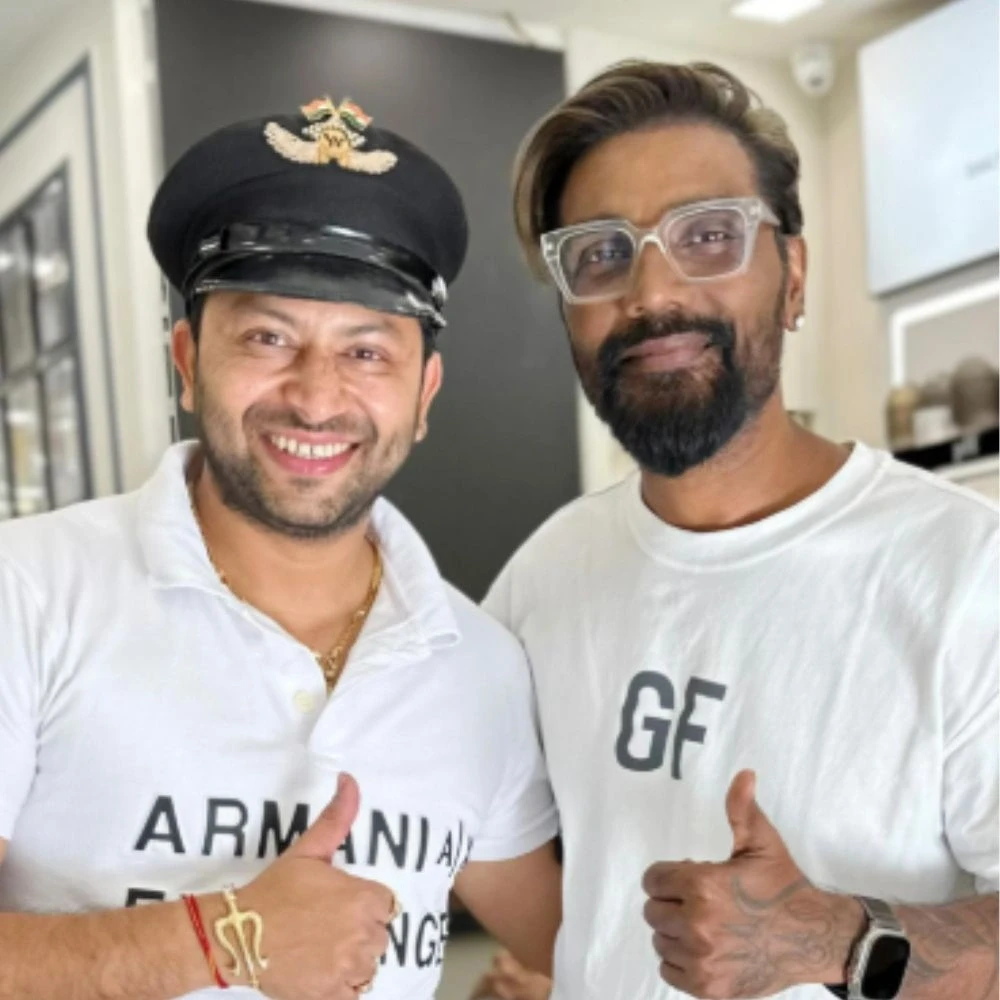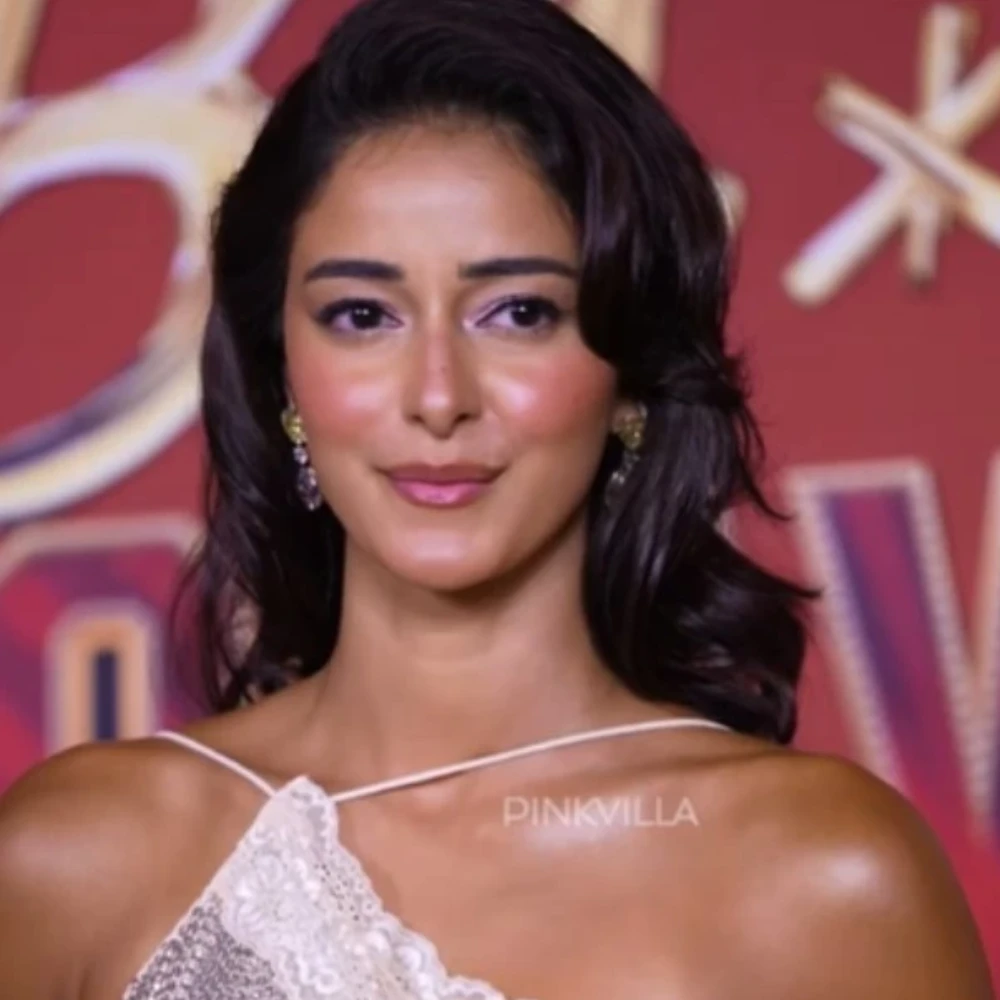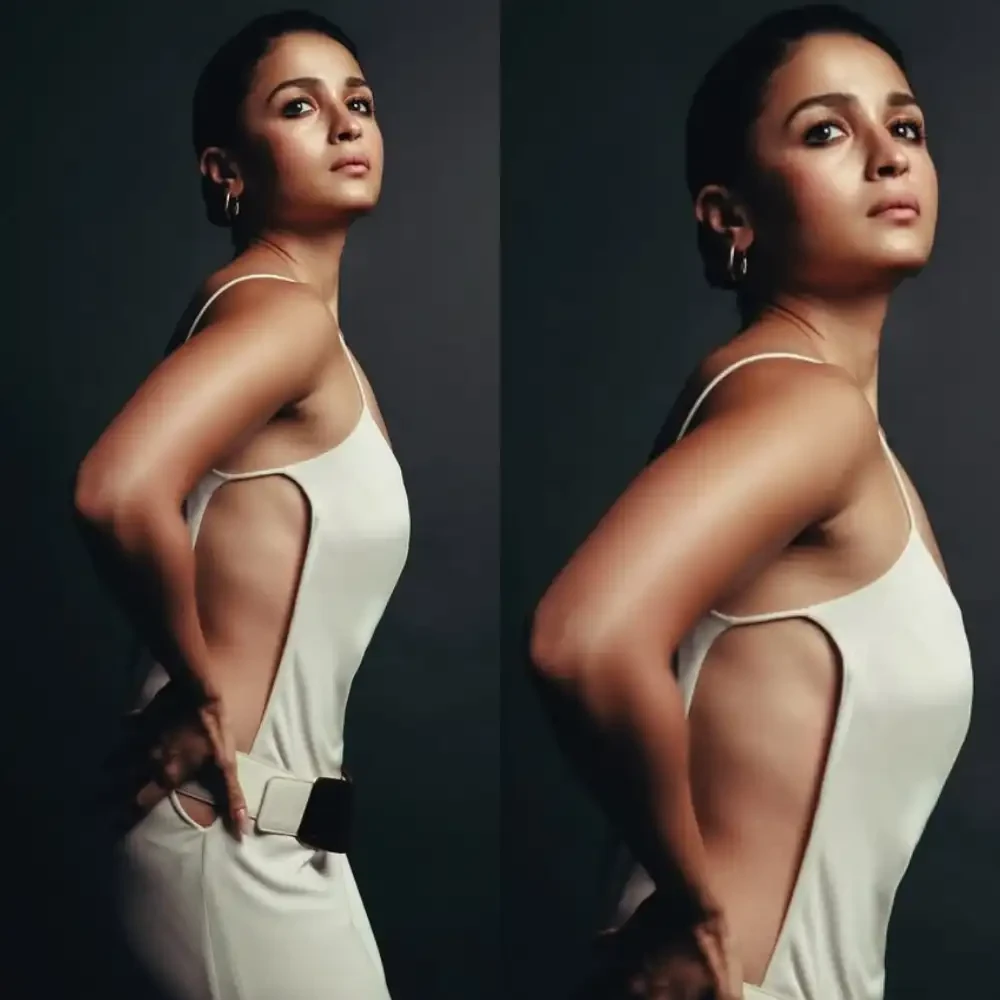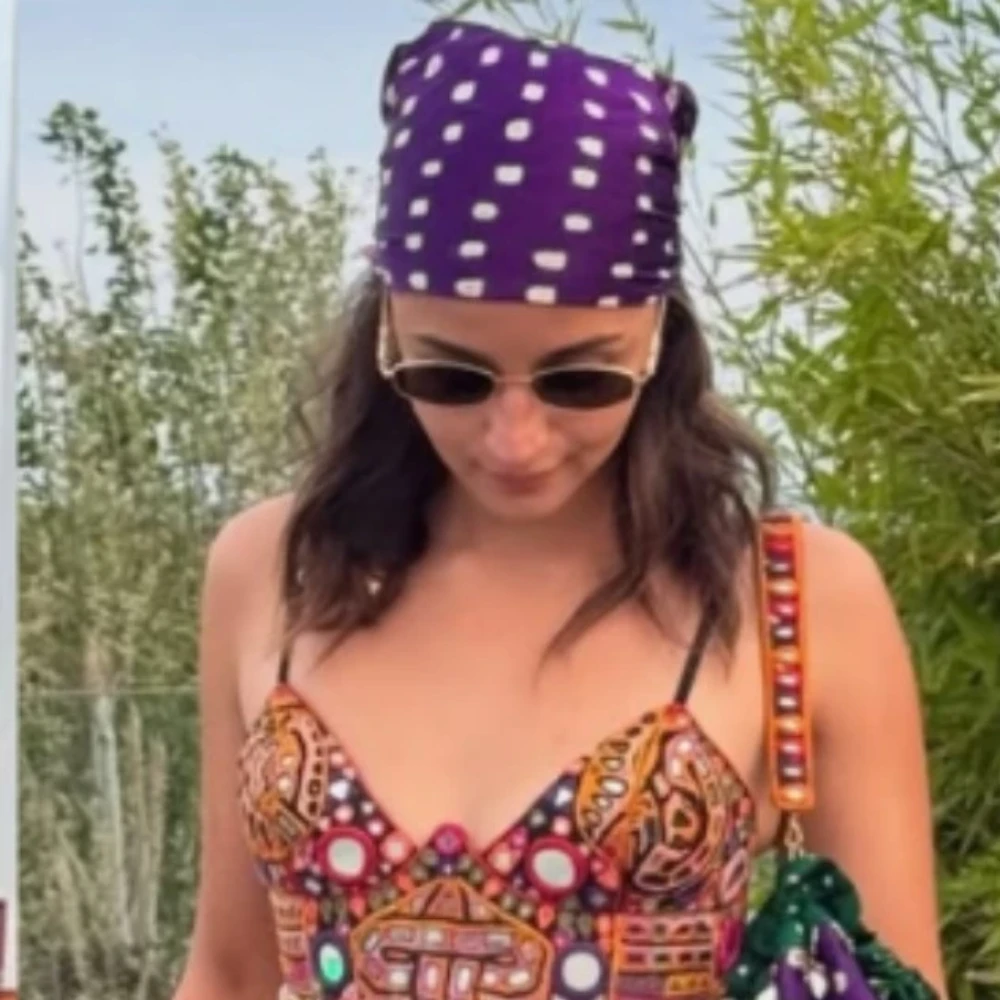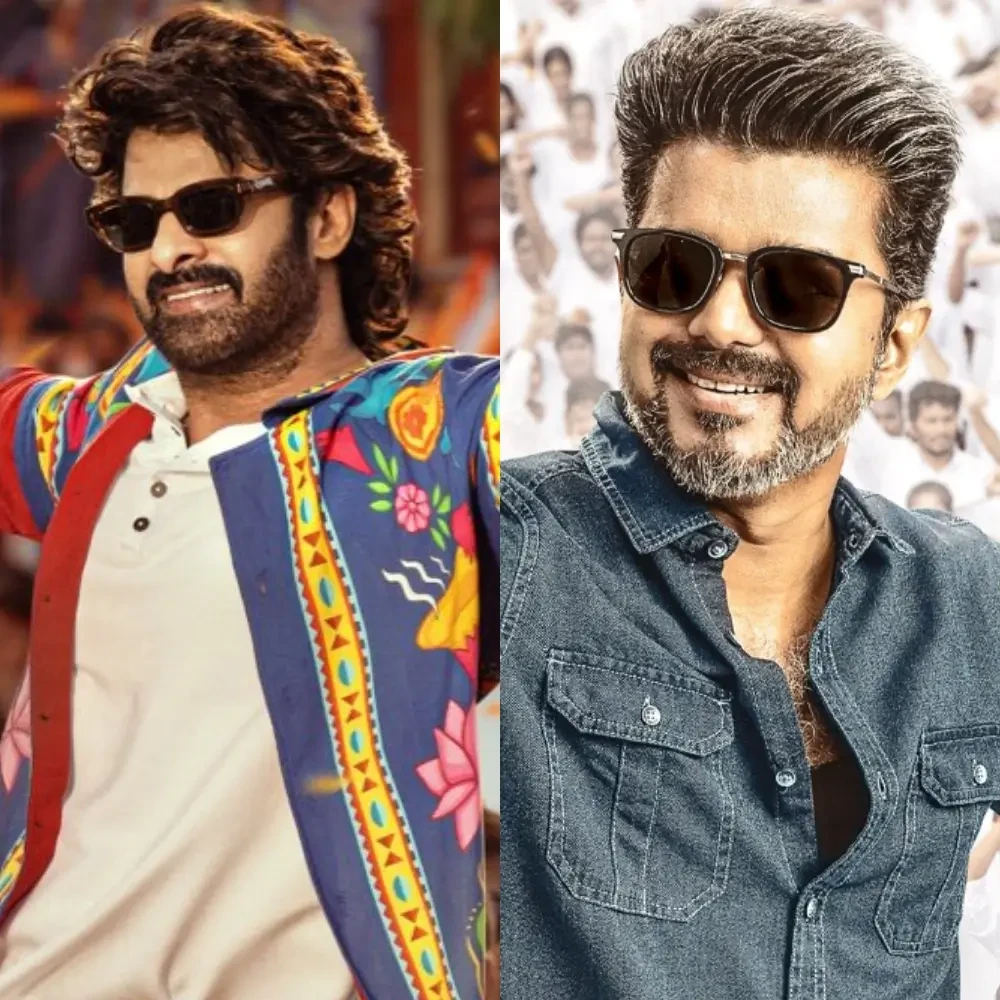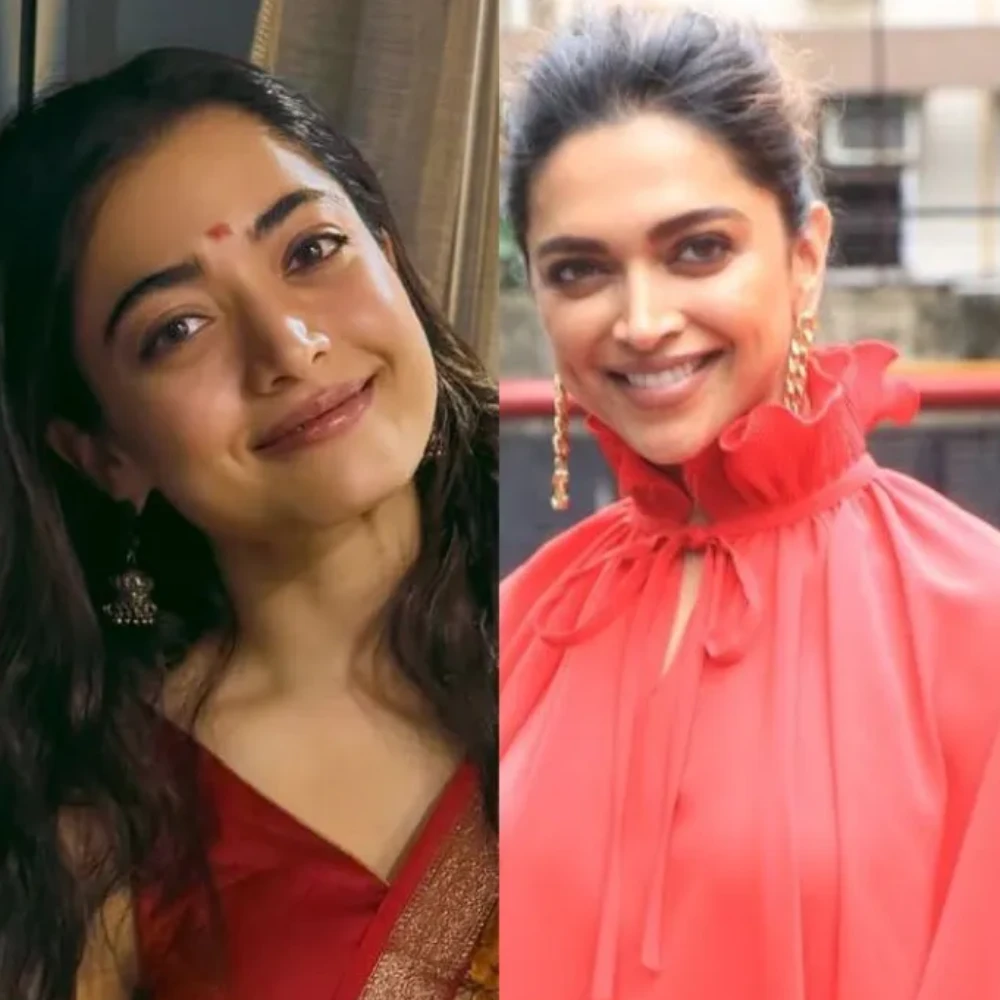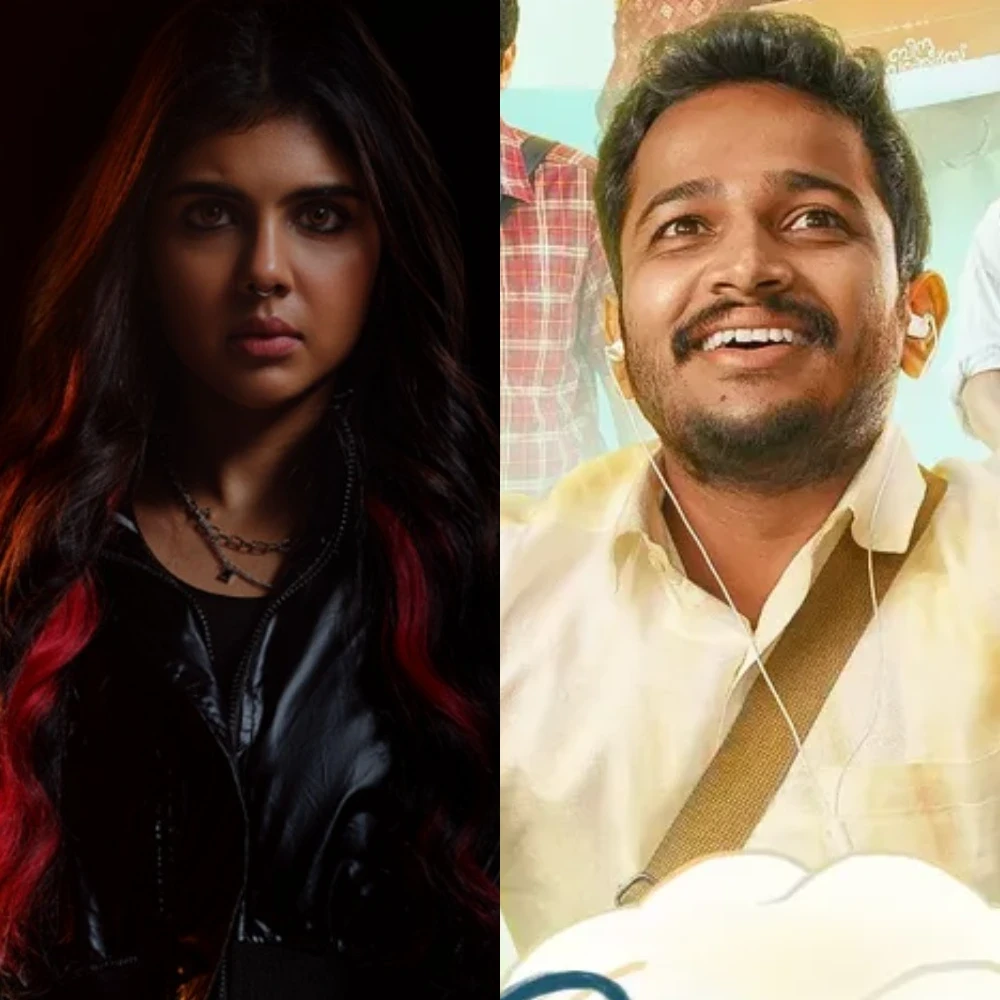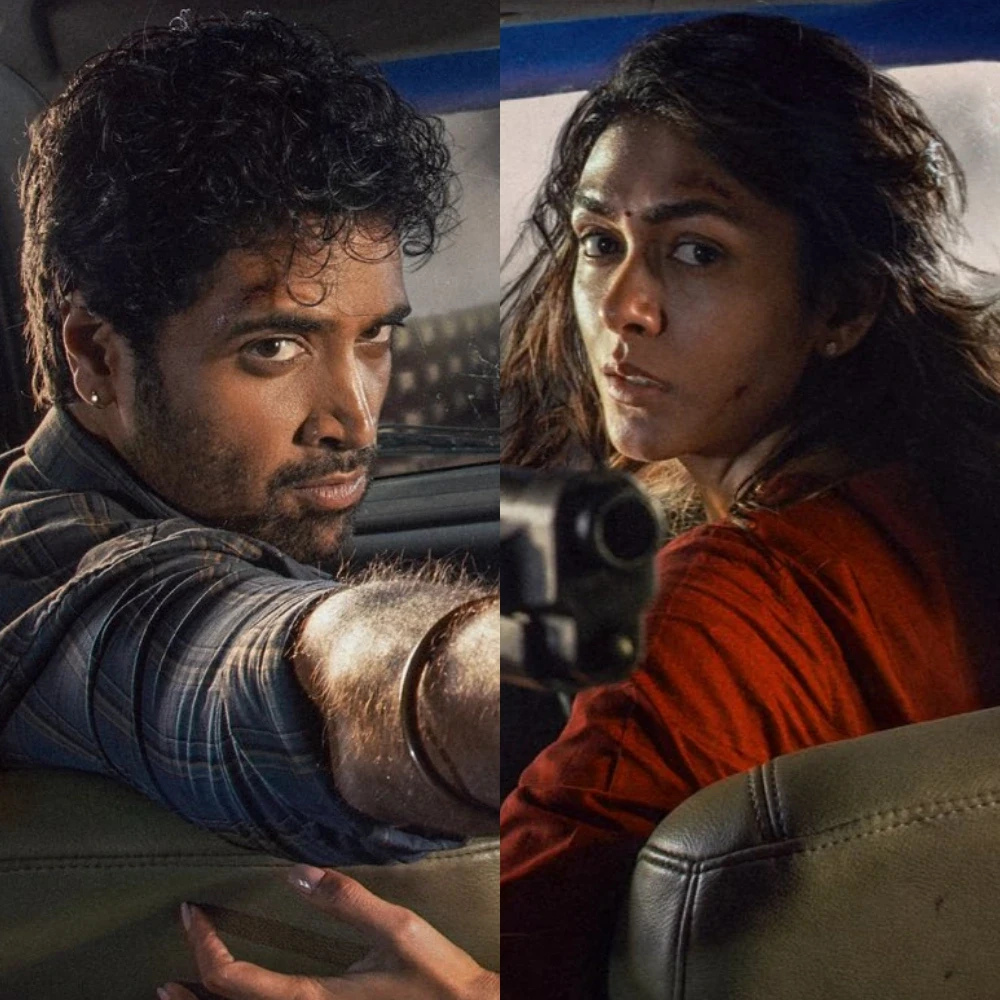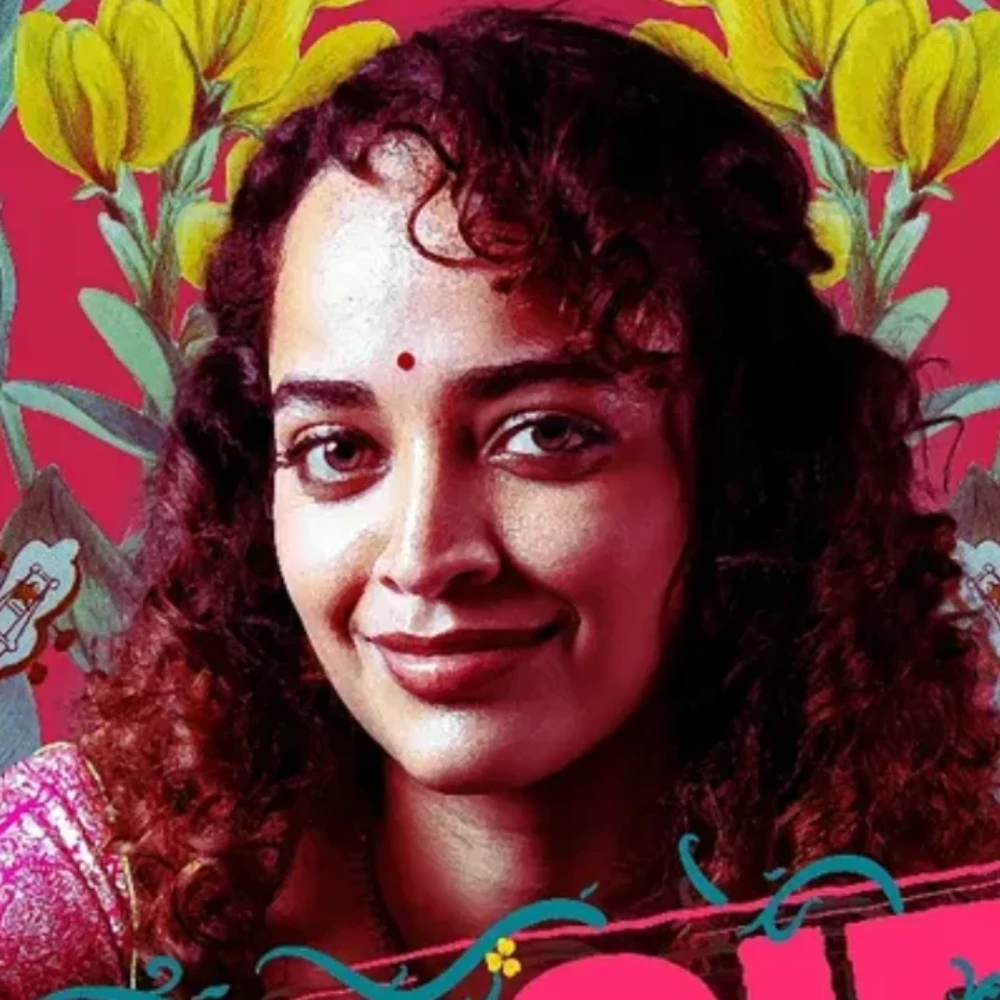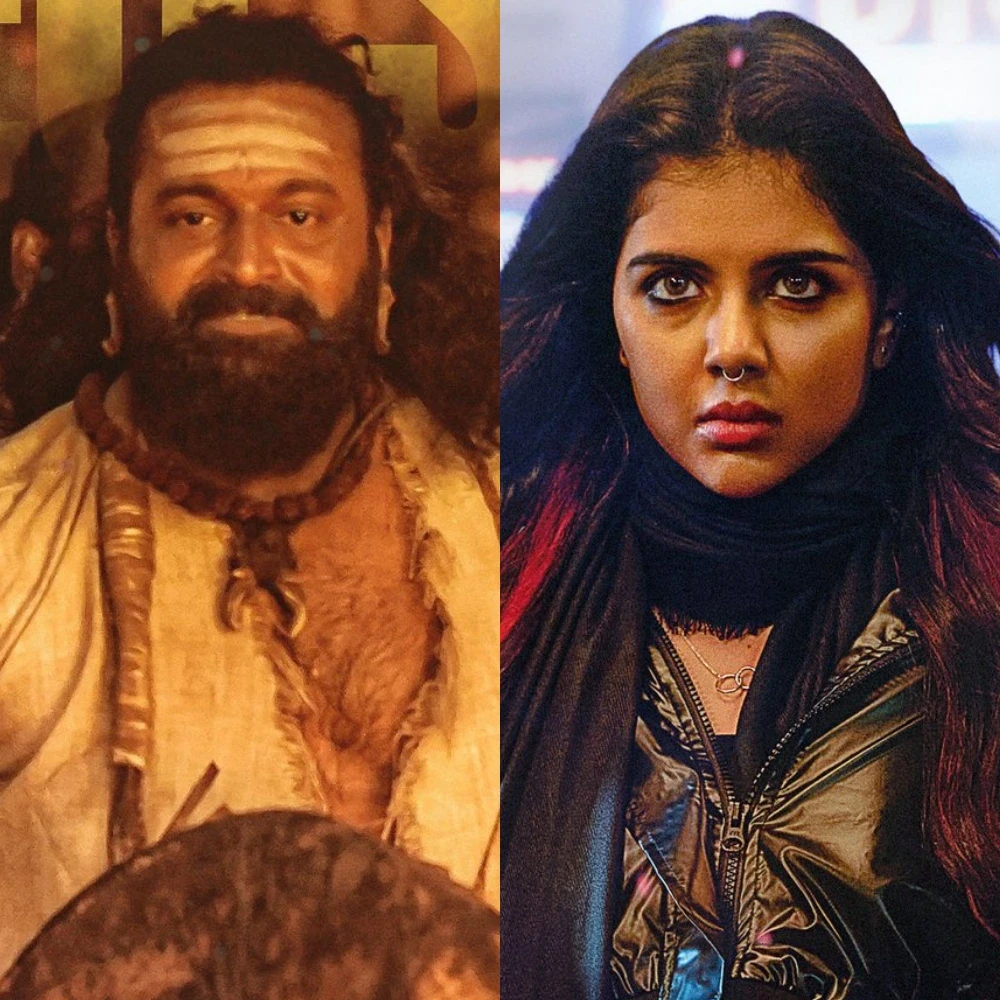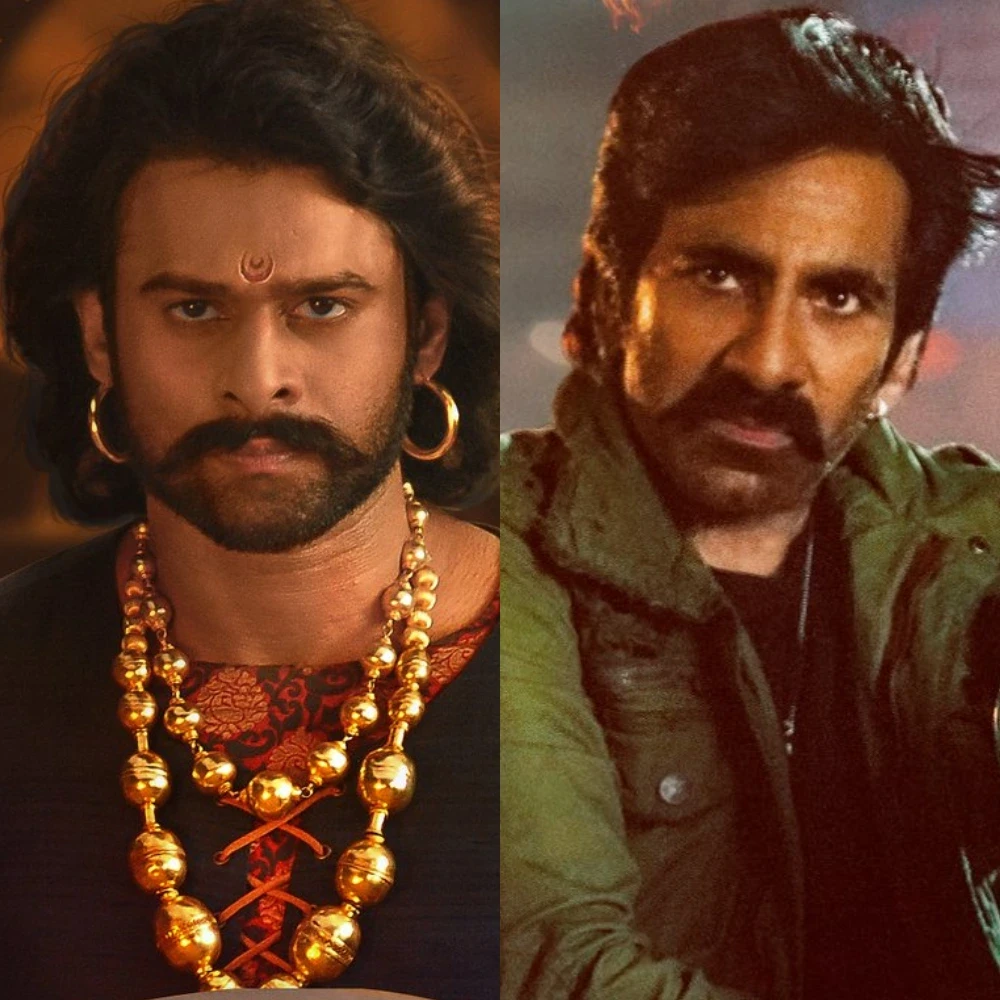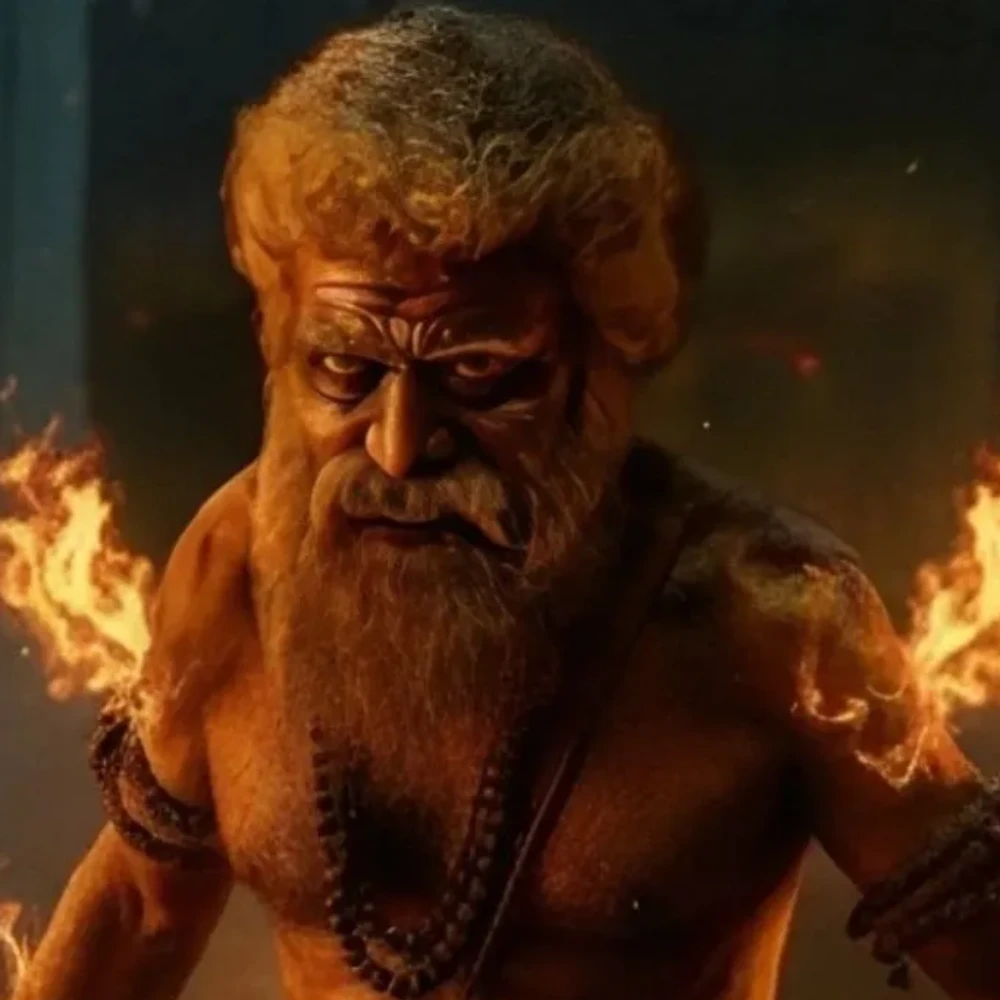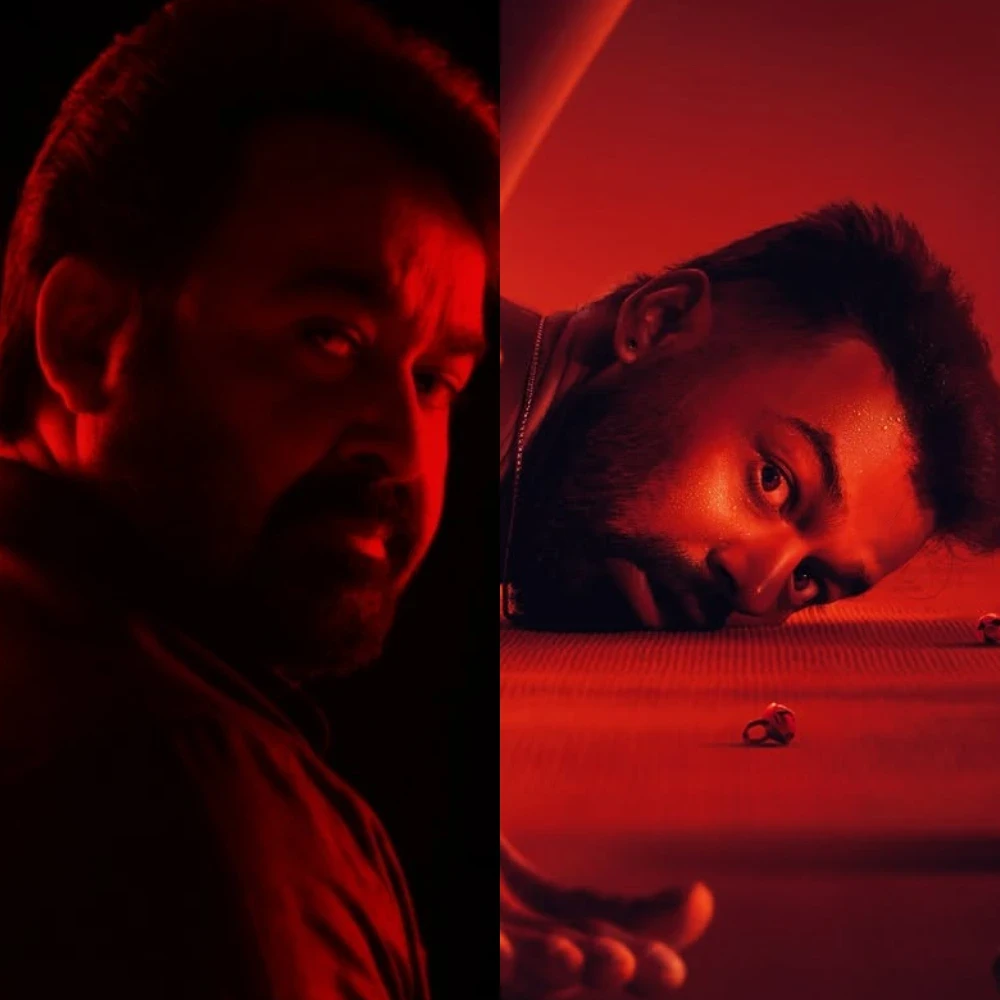Rajinikanth-A journey like no other: Part 3: Journey from Mani Ratnam movie Thalapathi to Annaamalai, Baasha
The once budding and struggling actor is now the rising star of Tamil cinema. The highest peak of Rajinikanth's star power stood in the 1990s, establishing him as a Superstar.
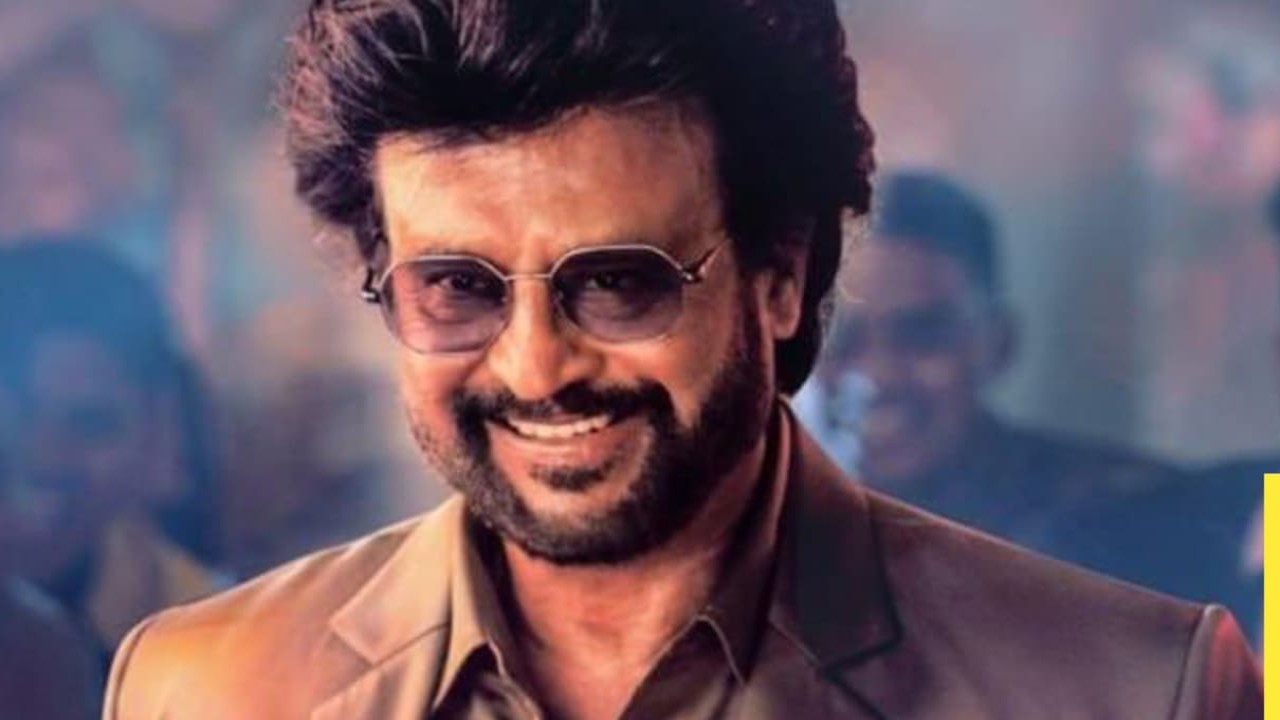
3/4 From rags to riches, Rajinikanth traversed beyond the lines of being a mere star of Tamil cinema. His name was etched in the hearts of millions by the time he entered the 1990s. Beyond the level of any other actor before him, Rajinikanth had rooted himself in films, stepping in as the legend he was born to be.
Rajinikanth began 1990 on a high note, appearing in commercially successful Tamil films such as Panakkaran, Athisaya Piravi, and Dharma Durai. All three films performed remarkably well at the box office, providing the audience with everything they had come to expect up until that point—despite the fact that they were all remakes of original Hindi, Telugu, and Kannada films, respectively.
But none of them were nearly as amazing as what was yet to come by Rajinikanth. The actor joined hands with another legend at the start of the decade and starred in an unforgettable film set to be remembered for ages to come. The film was called Thalapathi.
Rajinikanth, in his iconic film Thalapathi

Thalapathi, the crime gangster film that was the most expensive film of that year, saw the actor join hands with the legendary director Mani Ratnam for a film written by himself. The film, which was based on the Hindu epic Mahabharata, focused on developing a story formed by the characters of Karna and Duryodhana.
During the development period of the film, it was revealed that Rajinikanth had a tough time playing the lead character, Surya, in the film. The actor had specified the reason, as Mani Ratnam and himself came from two different schools of filmmaking, with the former making him enact scenes emotionally even during intense fight sequences. Even during the scene where Surya is set to meet his biological mother for the very first time, Rajinikanth asks Ratnam to push the shoot of the scene by a day so that he can fully prepare himself for it.
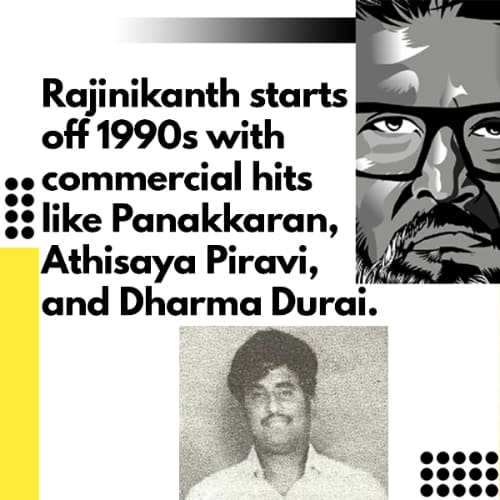
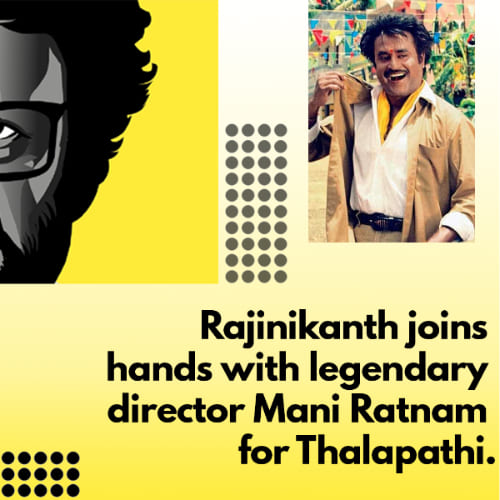
The filming of Thalapathi was carried out in Mysore, Karnataka, with Mani Ratnam saying it had everything the script had required but cinematographer Santosh, who was debuting in Tamil cinema, said that Ratnam chose this place to avoid the immense popularity Rajinikanth had in the 90s.
Moreover, during the casting of Duryodhana-themed character Deva, Rajinikanth insisted on making the right choice for it, which led the makers to cast Mammootty in the film. Prior to the release of the film, Ratnam had decided against marketing the film as a contemporary adaptation of the Hindu epic, citing how the film has visible parallels to both.
Rajinikanth’s performance and the versatile nature he brought to his filmography with Thalapathi inspired a variety of artists in today’s filmmaking world. Many directors revere the film like their bible, with even Soundarya Rajinikanth taking her father’s appearance from the film as a reference for her own 2014 film Kochadaiiyaan, starring himself. Decades after its release, people are still in awe of the making and how stunning an acting job Rajinikanth had done in his one and only collaboration with Mani Ratnam.
From Rajinikanth to Superstar Rajinikanth
To quote Rajiniakanth’s dialogue from 2.0, “Indha no.1, no. 2 ellam paapa villayaatu, I’m the only one…Super one," which translates to “This no.1, no.2 are all child’s play, I’m the only one…Super one.” The line, though, came after many years since it had originally happened, and it serves as an apt reflection of how Rajinikanth’s career was starting to shape up.
In 1992, after the success of Thalapathi, Rajinikanth teamed up with director Suresh Krissna for the very first time, produced by his mentor K. Balachander himself. The film, which was a remake of the Hindi film Khudgaarz, which was based on the Jeffery Archer novel Kane and Abel, came to fruition and revamped the whole outlook on Rajinikanth’s career. The film, titled Annaamalai, came into existence.
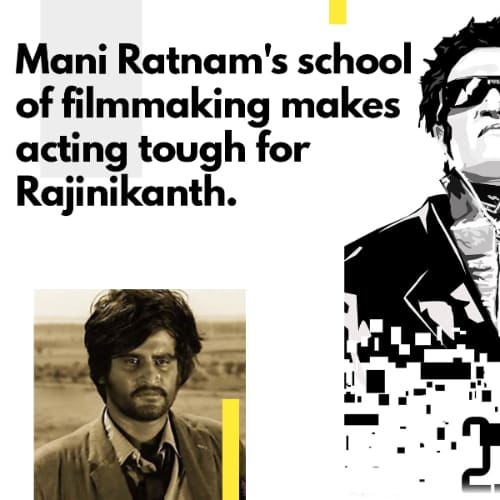
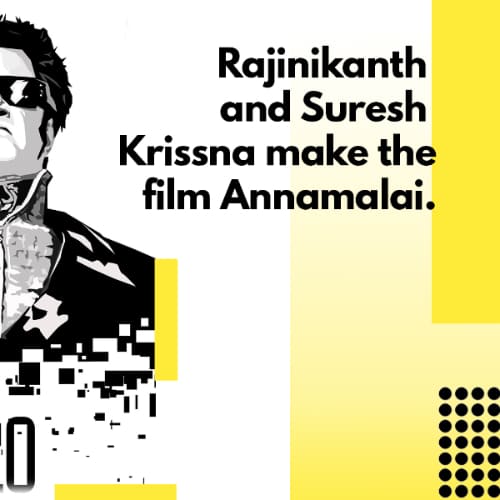
The inclusions and developments that took place during the filming of Annaamalai largely changed the course of the story. Initially, it was planned by K Balachander to have director Vasanth helming the project but two days prior to the film’s shoot, Suresh Krissna, who was coming back to Chennai after completing a Salman Khan movie, was asked to join after Vasanth had left the film citing personal reasons.
After these minor setbacks, the filming for Annaamalai started as per schedule but this time instead of the usual composer of popular Tamil movies, Ilaiyaraaja, composer Deva was in the project. The former was removed by K. Balachander after a misunderstanding had taken place between them, which led to Deva creating one of the most nostalgic bangers of Tamil cinema, holding prominence even in today’s pop culture.
Especially the track Kondayil Thazham Poo had an interesting interaction between Rajinikanth and Vairamuthu, according to an interview by the latter. During the writing of the song, the lyrics needed to be more fun in nature owing to the peppy piece composed for it.
For the song, Vairamuthu wrote the line, “Koodaiyil Enna Poo? Khushbu" (What is the name of the flower in your basket? Khushbu) indicating the leading lady’s name after hearing Rajinikanth was curious to know if his name could also be done like this, where the lyricist wrote the next line, "Veerathil Mannan Nee, Vetriyil Kannan Nee, Endrumae Raja Nee, Rajini" (You are always a brave and victorious king, oh, Rajini). Though this idea was initially opposed by Krissna, he later agreed after the rest of the crew liked it.
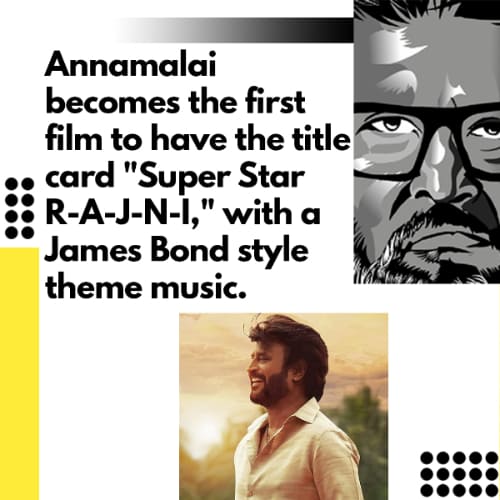
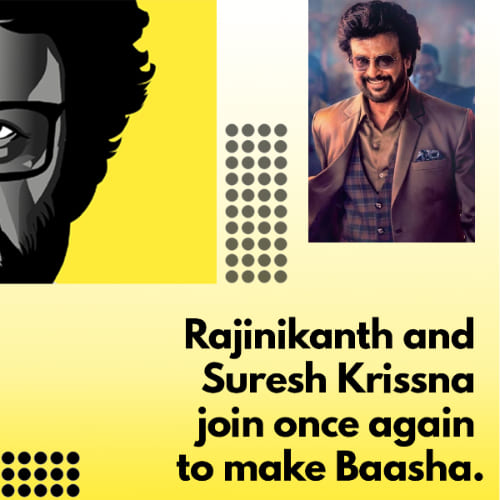
Most importantly, this film featured the first-ever title card for Rajinikanth, highlighting the text “Super Star” in blue dots followed by R-A-J-N-I in gold, which has a James Bond-inspired background score that is still used by many filmmakers even today.
Though the film had initial marketing restrictions and was also blamed for being provocative towards the then Tamil Nadu CM J Jayalalithaa, considering the peak of Rajinikanth’s stardom and rumors of him joining politics,.
Soon after Annamalai, Rajinikanth went on to play lead roles in films like Mannan, Yajaman, and Veera, the last one being the reunion of Rajinikanth and Suresh Krissna once again. Though the director did not like the concept of the film, he worked on it after Rajinikanth insisted. But all these films were nothing in comparison to what was set to hit theaters next by Rajinikanth.
Superstar Rajinikanth: The demigod
In 1995, Rajinikanth once again teamed up with Suresh Krissna for a film, which the actor himself got the idea for while working on the Amitabh Bachchan film Hum. Baasha, one of the most iconic gangsters in Tamil cinema, was born.
The film tells the story of a humble auto driver who has a dark past that no one knows about until one day everything starts to change and chaos ensues in their life. Many movies still make reference to the movie's actions, characters, names, dialogue, and much more. In fact, the villain character played by Raghuvaran in Baashha is named after the antagonist in the most recent Vishal-starred movie, Mark Antony.
The film broke the highest record for collections, which was previously held by Rajinikanth’s own Annaamalai, giving the superstar the final immense push he needed to be revered as a god by millions of his fans. The Superstar finally became the demigod for the people of Tamil Nadu. Though there were some plans by both Rajinikanth and Suresh Krissna to make a sequel for the film, they later decided against it citing how a sequel could never equal the legacy they had created.
Later on in the same year, Rajinikanth once again hit it out of the park with his film Muthu directed by KS Ravikumar. The film, which was the remake of Mohanlal starrer Malayalam film Thenmavin Kombathu, was obviously a major hit in Tamil Nadu and the southern parts of India but Muthu went on to garner international success with the immense reception it received from Japan.
The film was the first Tamil film to be dubbed and released in Japanese with the title Mutu: Odoru Maharaja, which established a large fan base for the actor. According to the American magazine Newsweek, “Rajinikanth has supplanted Leonardo DiCaprio as Japan's trendiest heartthrob.”
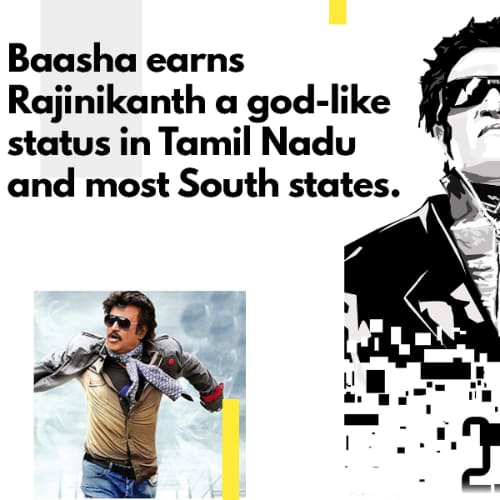
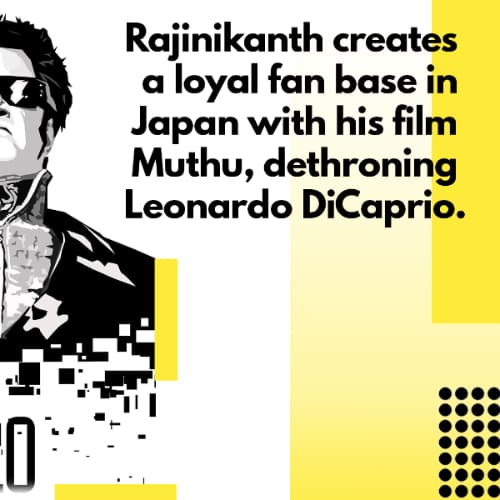
Thereafter, as the millennium was coming to an end, Rajinikanth once again delivered success with two other films. One was the 1997 masala film Arunachalam, directed by Sundar C, with the late Crazy Mohan writing the screenplay, which was based on the novel Brewster's Millions by George Barr McCutcheon.
Ending the 90s with a banger, Rajinikanth starred in another classic film of his called Padayappa, written and directed by KS Ravikumar. The film, similar to many other Rajinikanth films, still holds an immense legacy in Tamil cinema, with characters, dialogues, and even parodies on several occasions.

Though the millennium came to an end, the prominence and hardcore fan power held by Rajinikanth are still relevant for years to come. The actor was surely at the peak of his time in the 1990s, leaving a journey from being a nobody in Indian cinema to the inspiration for many to come. Undoubtedly, one can always say... Rajinikanth is the one true superstar!
To Be Continued...
ALSO READ: Rajinikanth - A journey like no other: Part 2: The glorious uprise in the 80s





 JOIN OUR WHATSAPP CHANNEL
JOIN OUR WHATSAPP CHANNEL